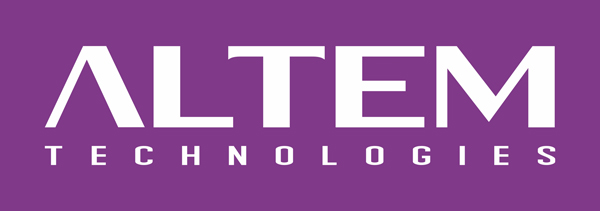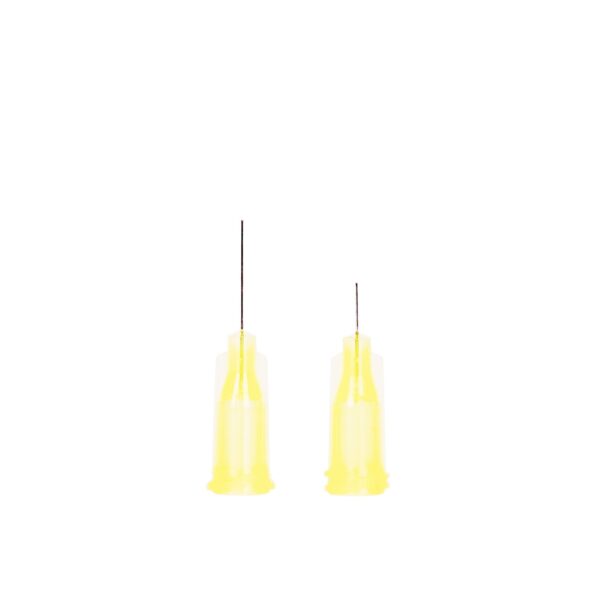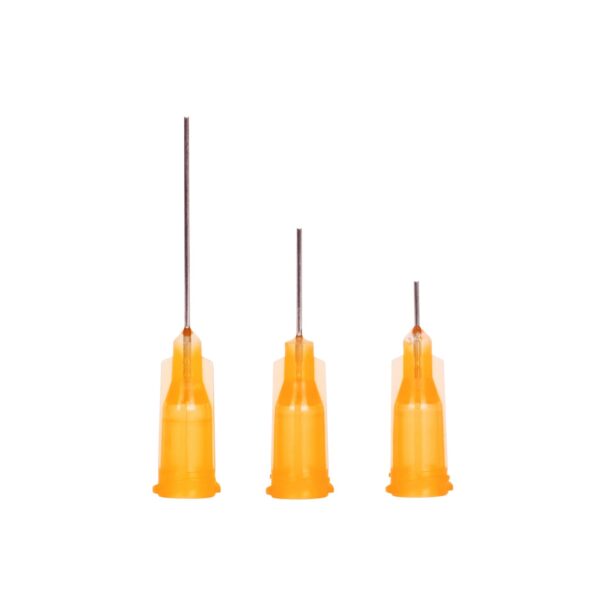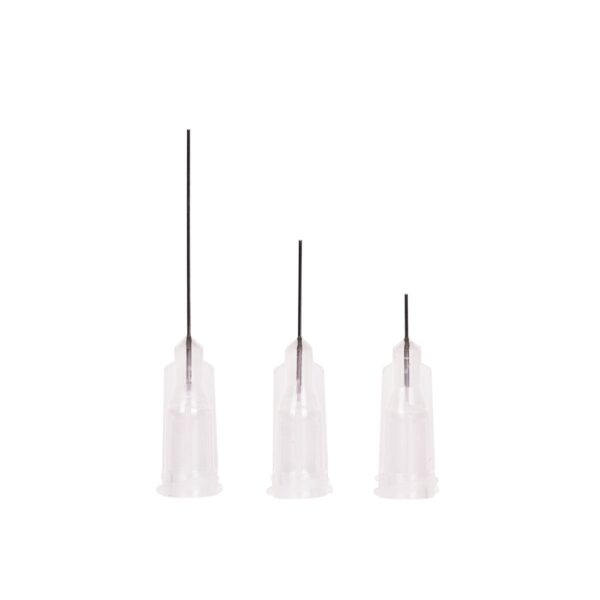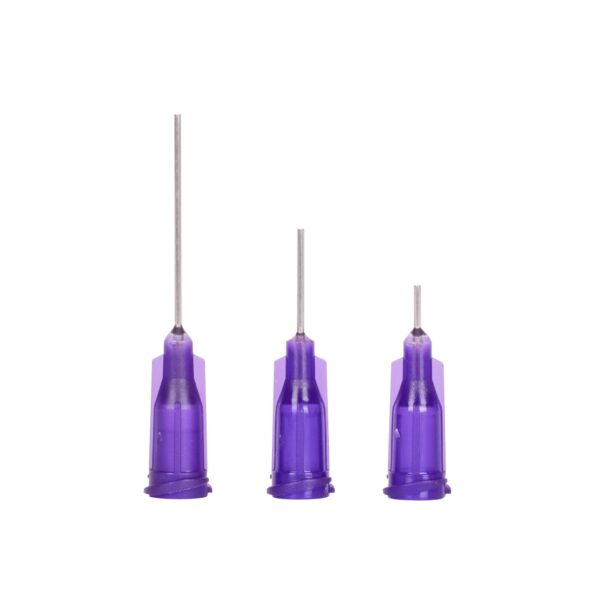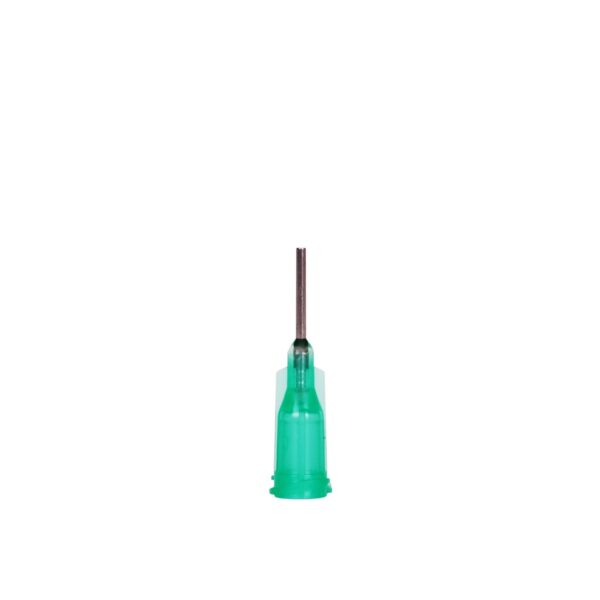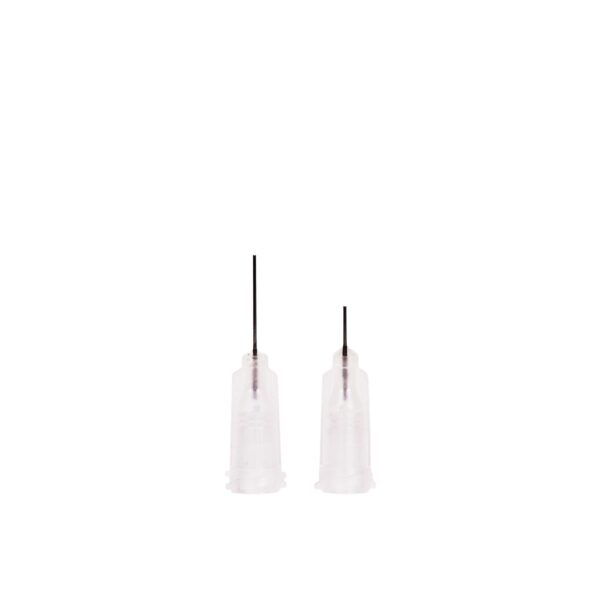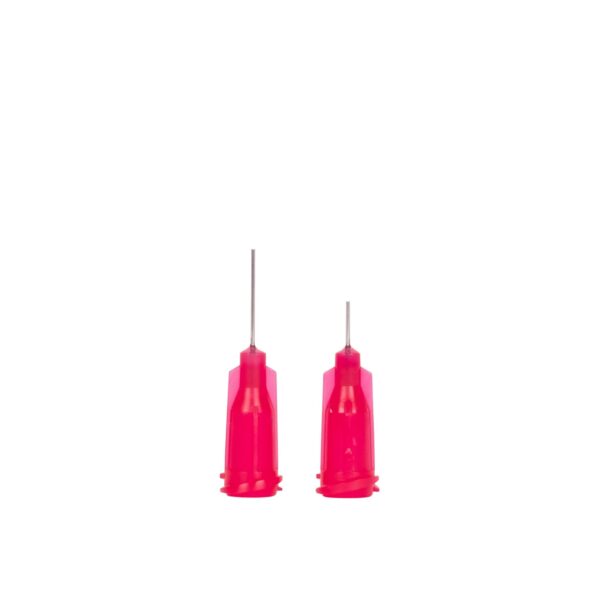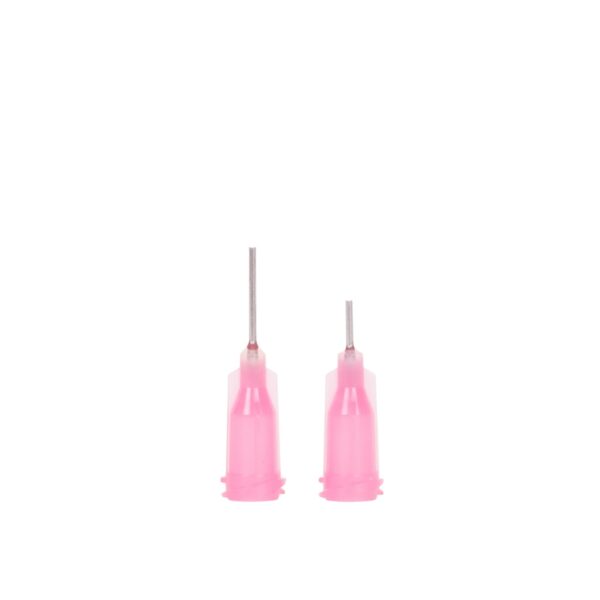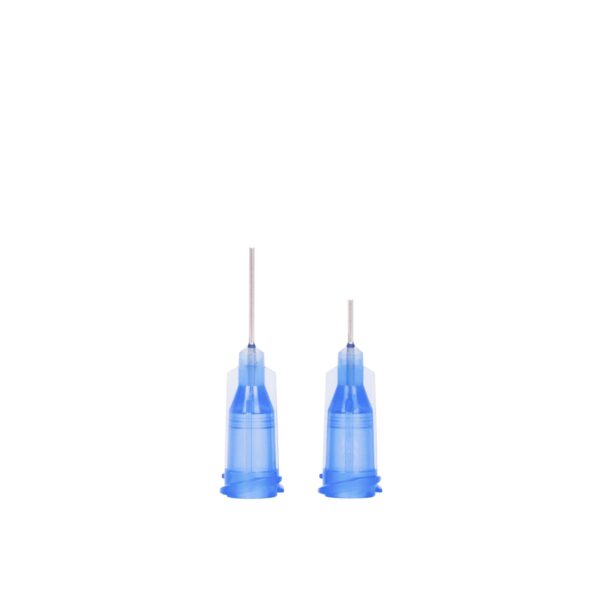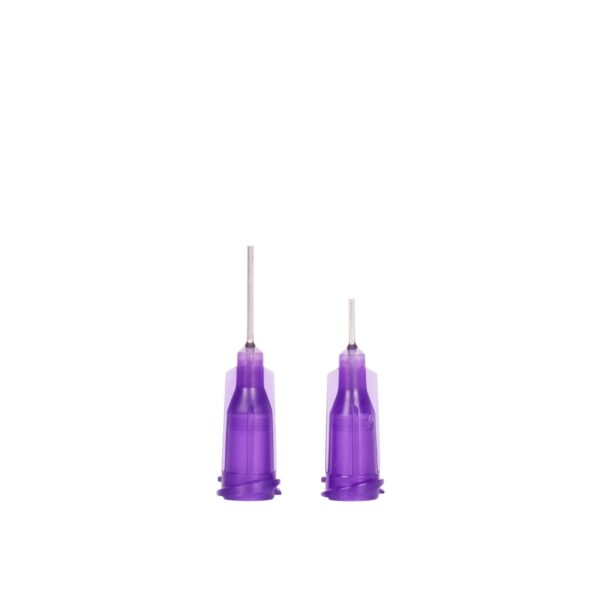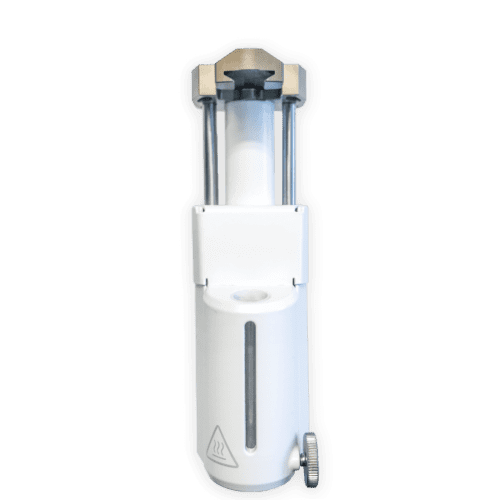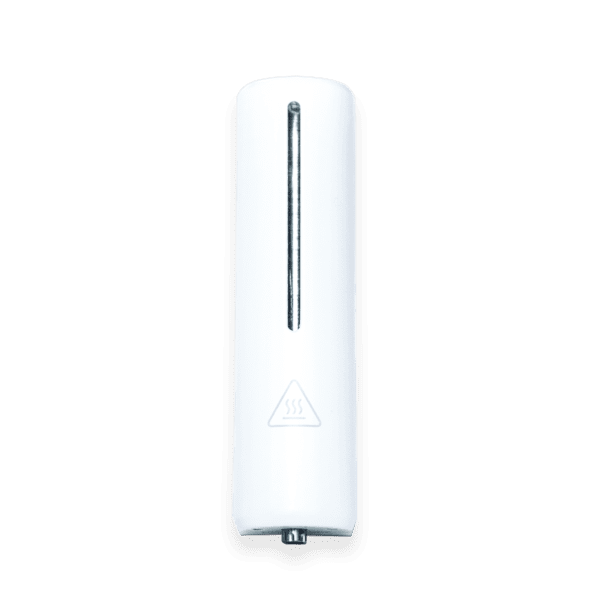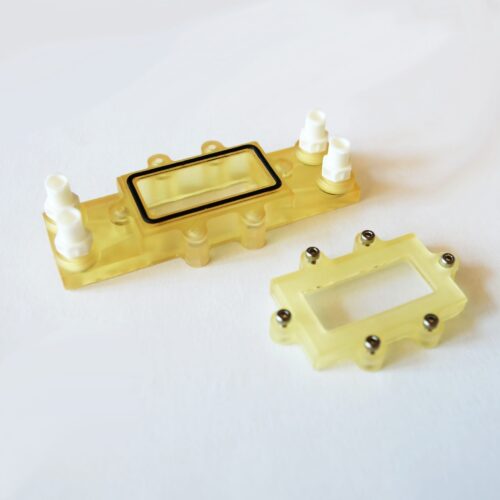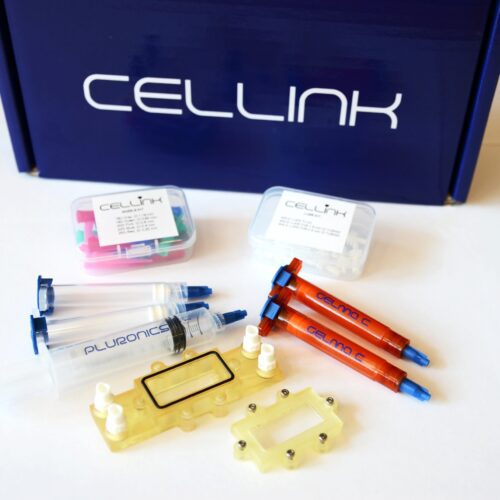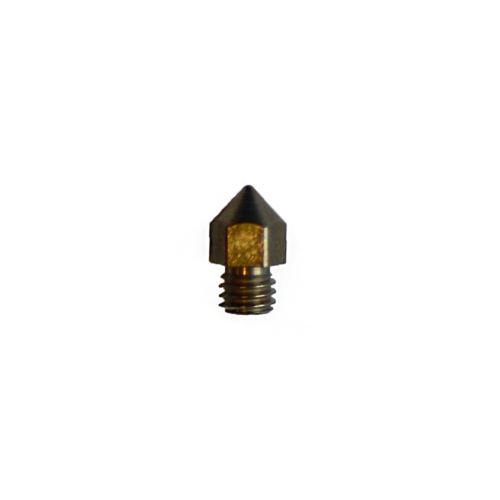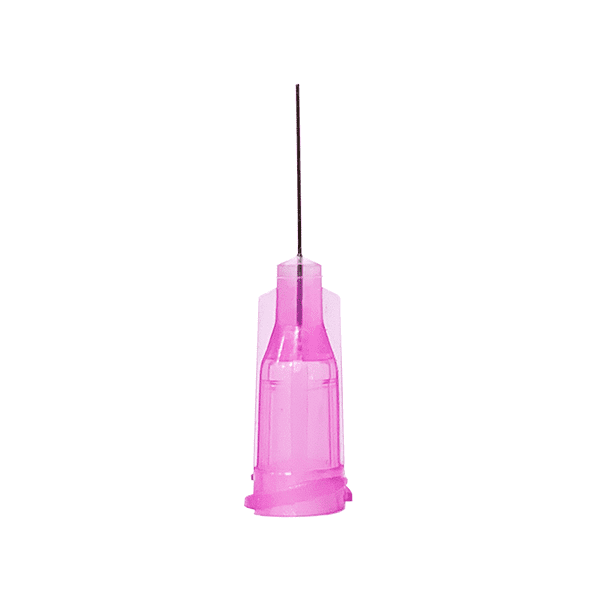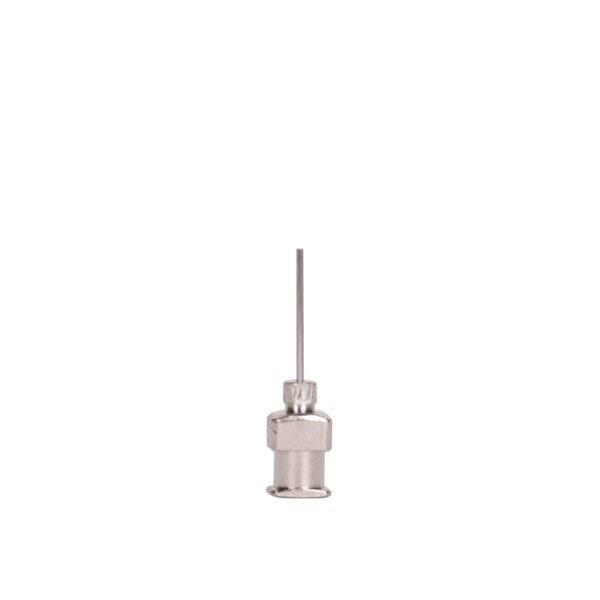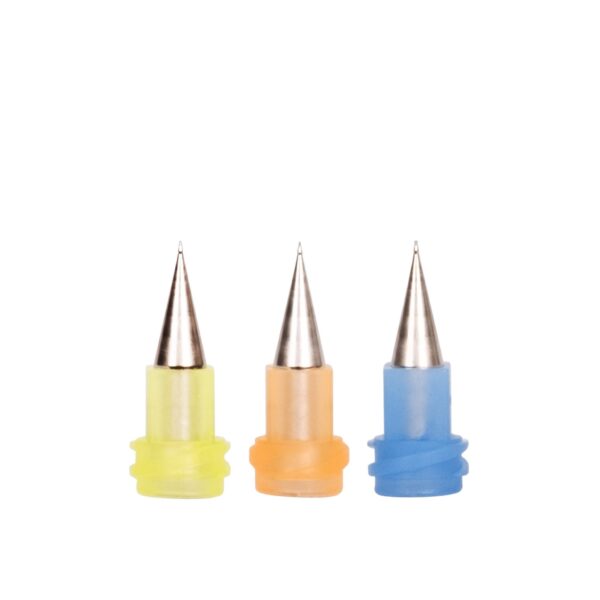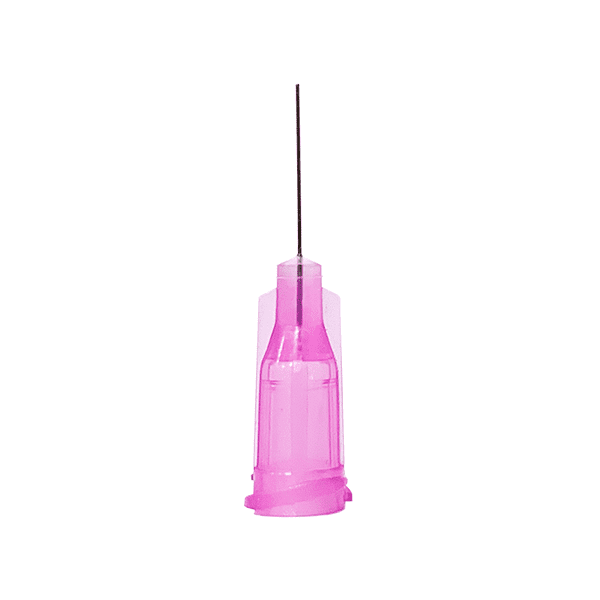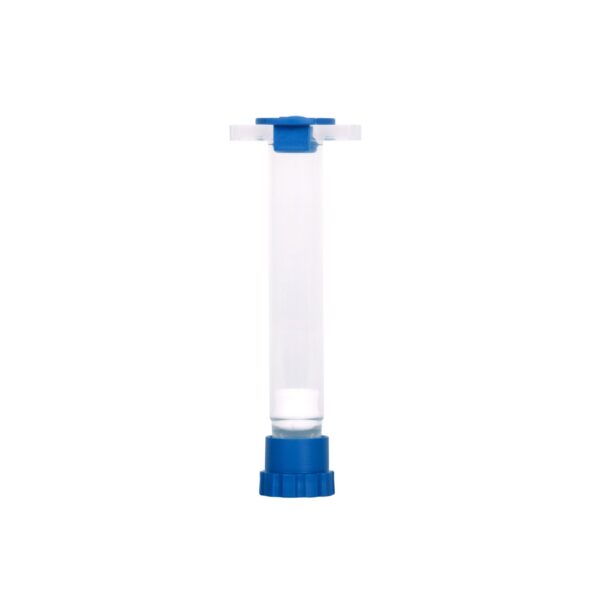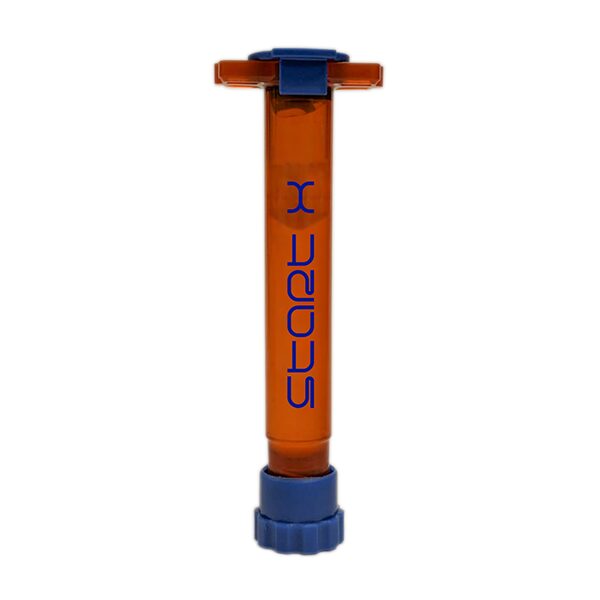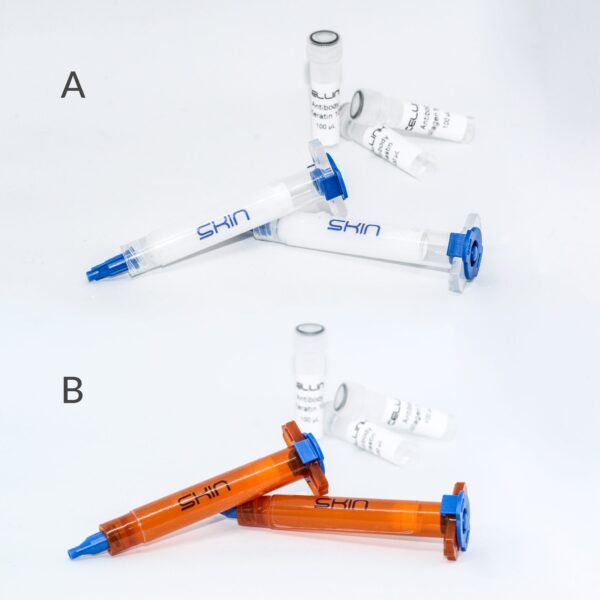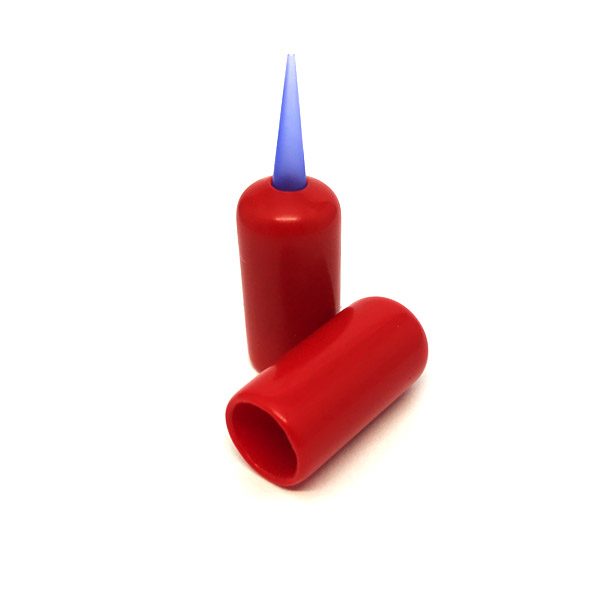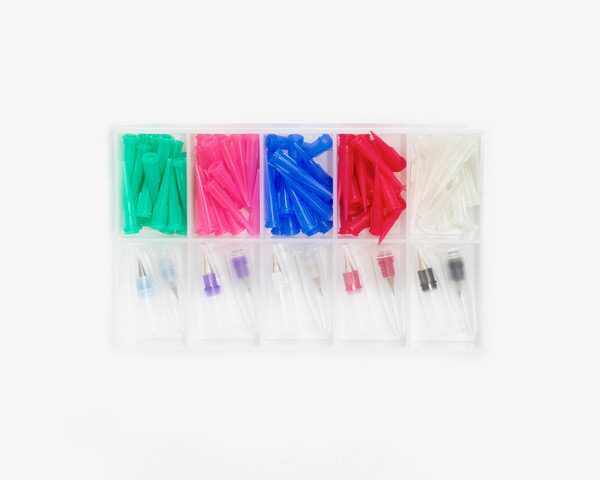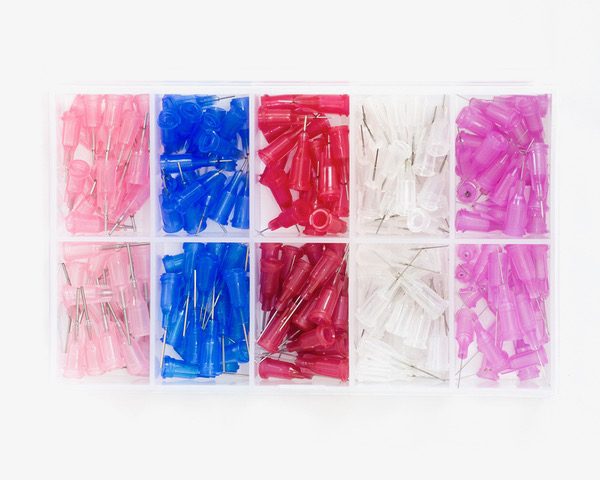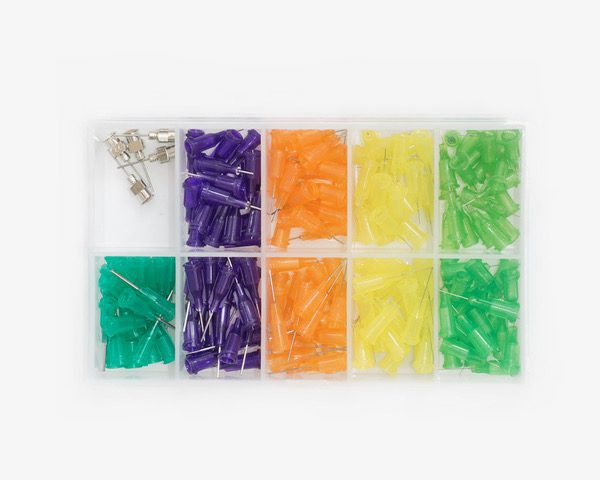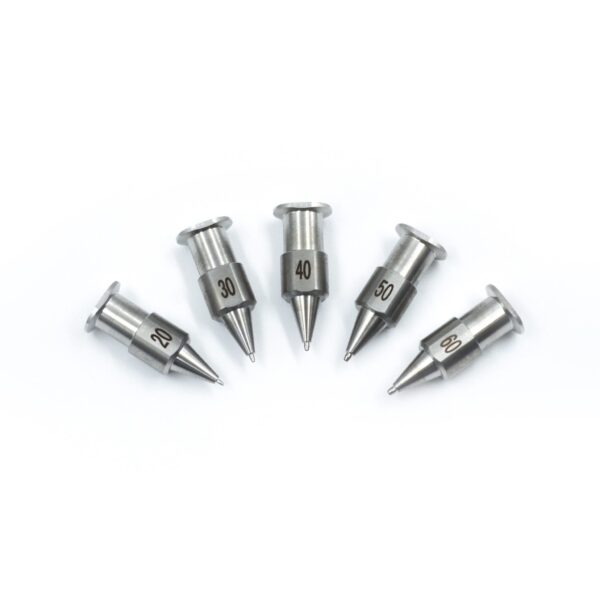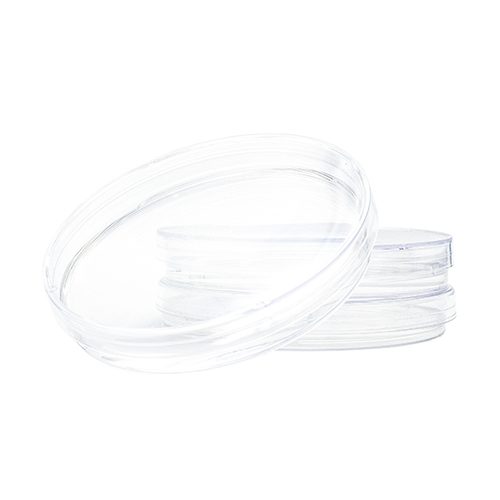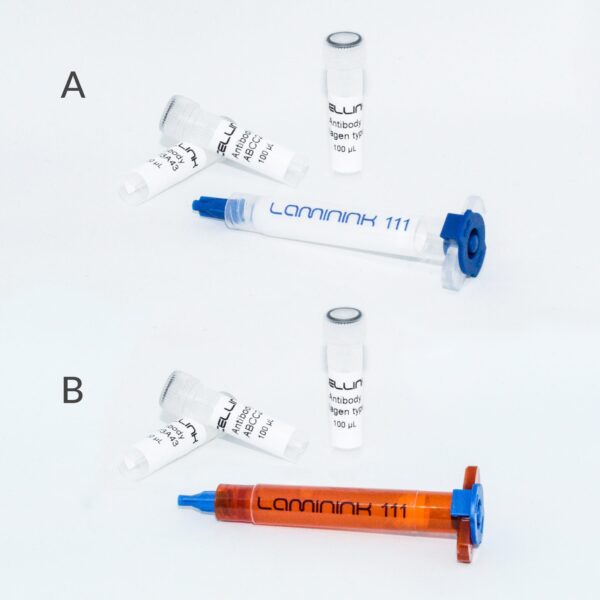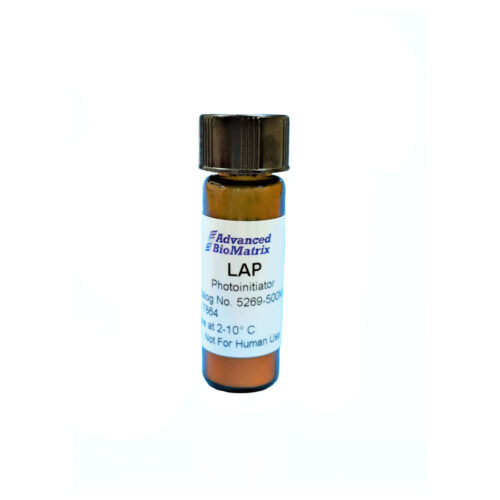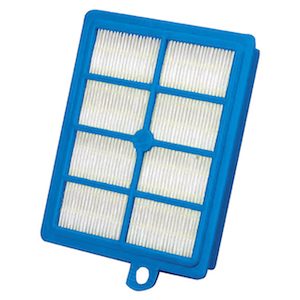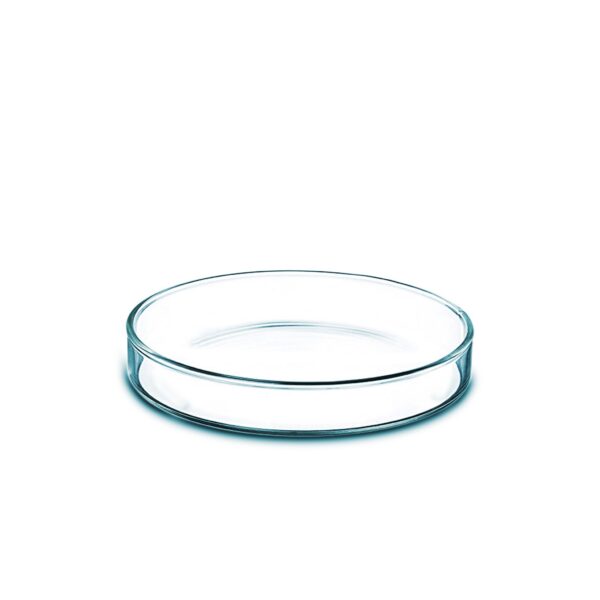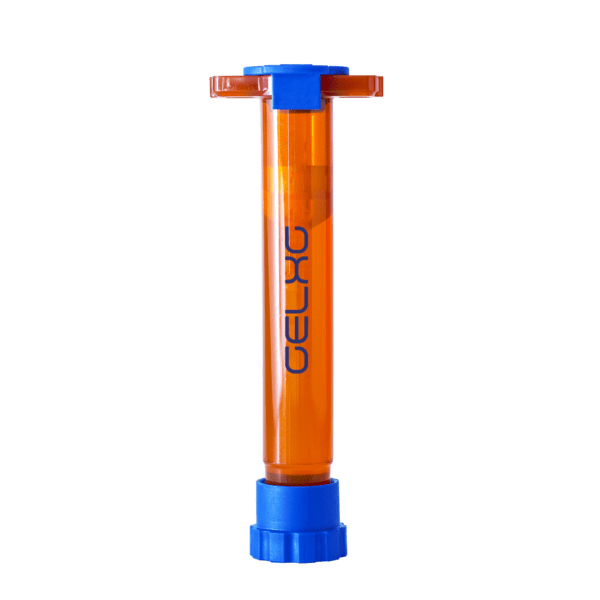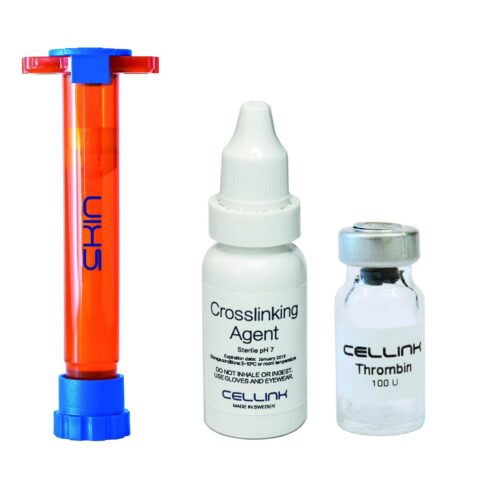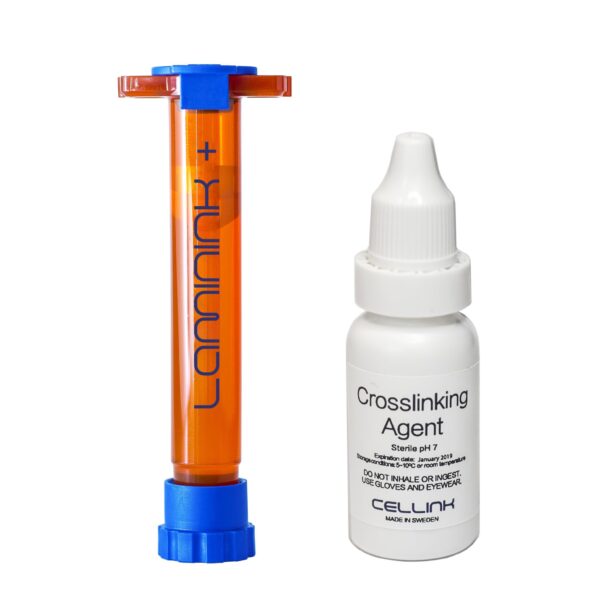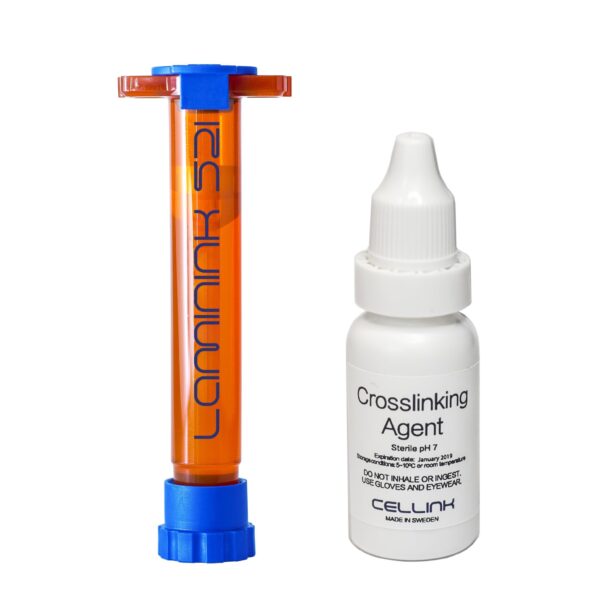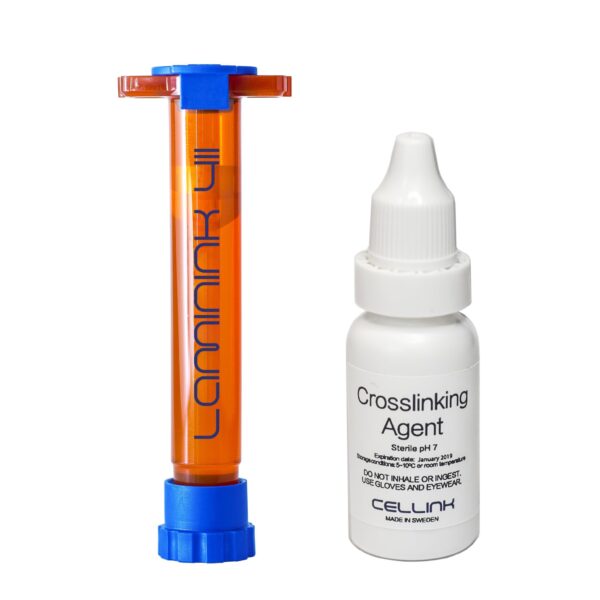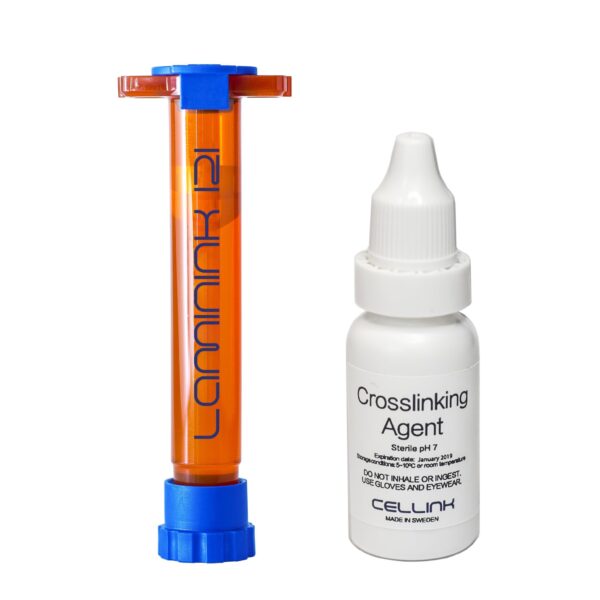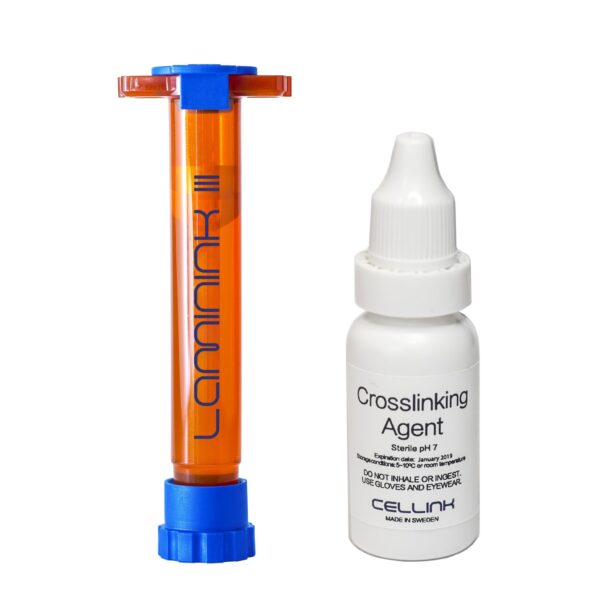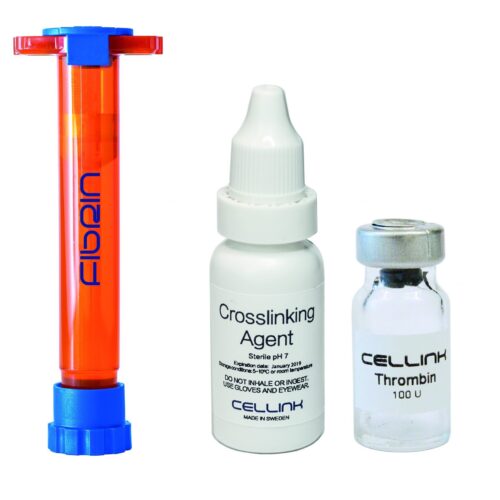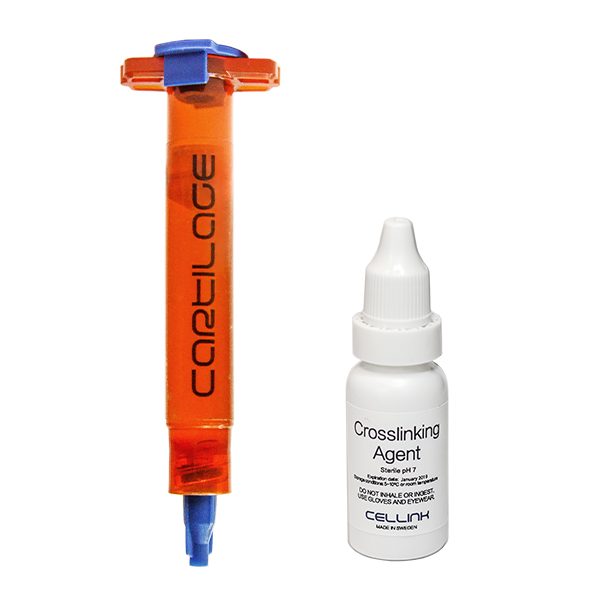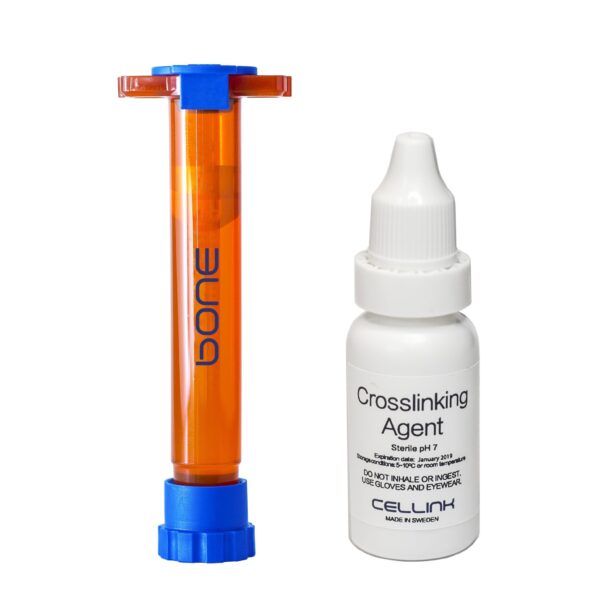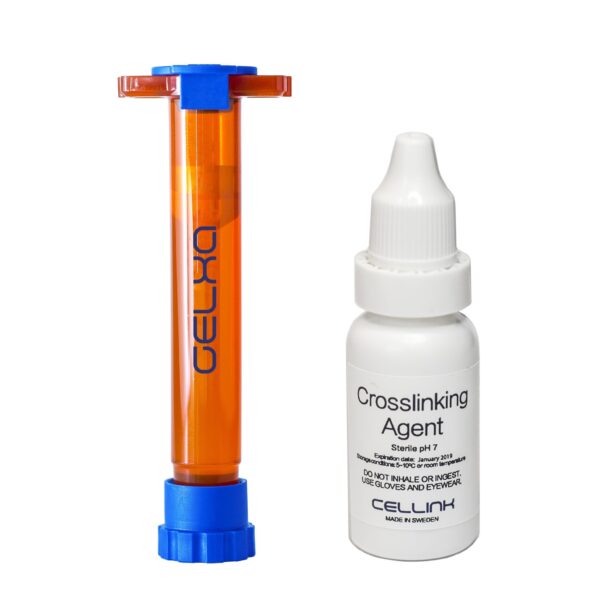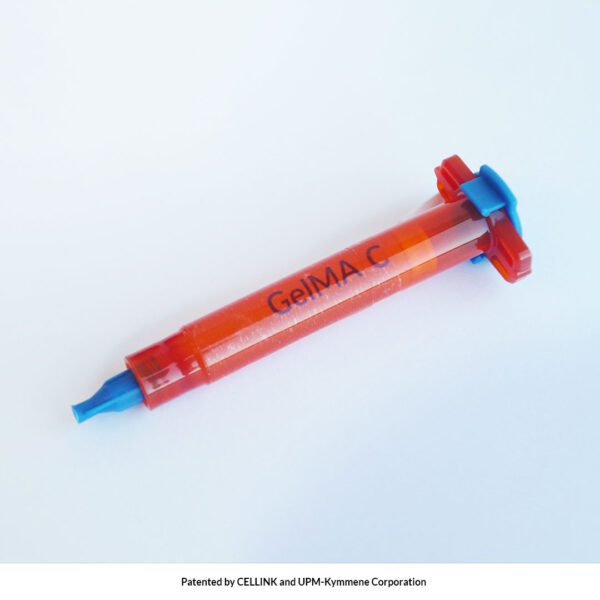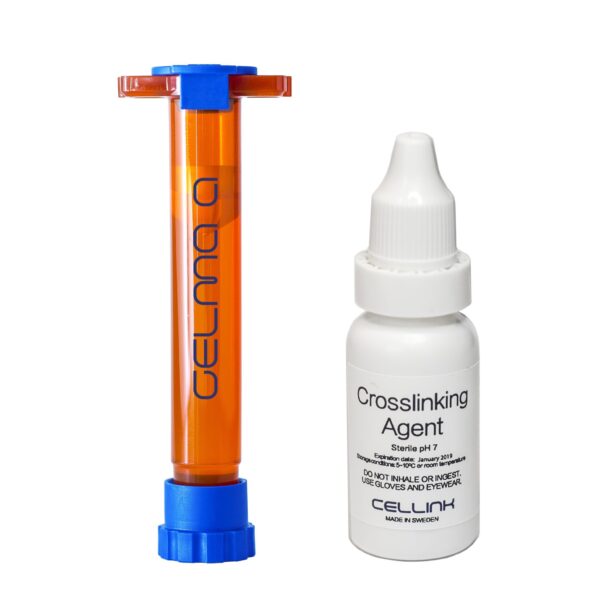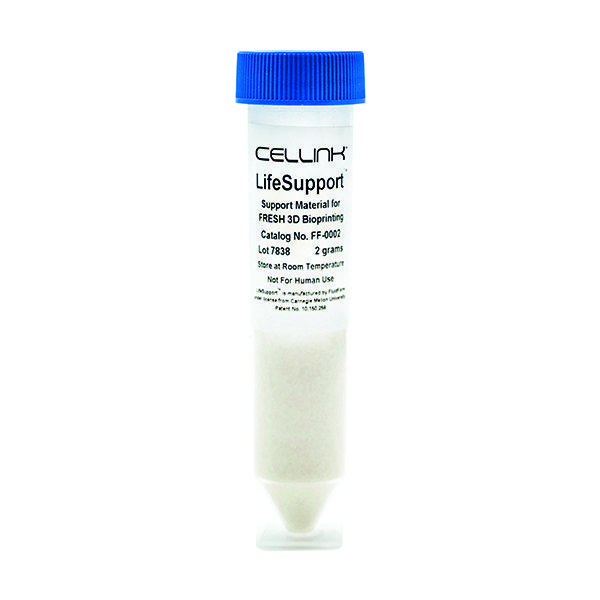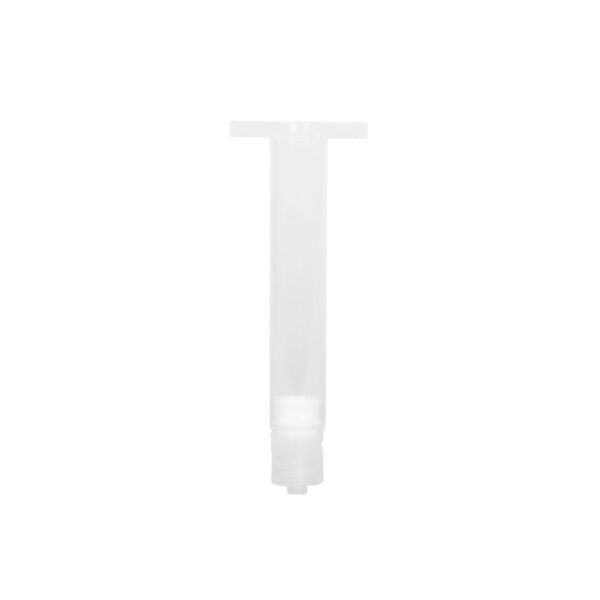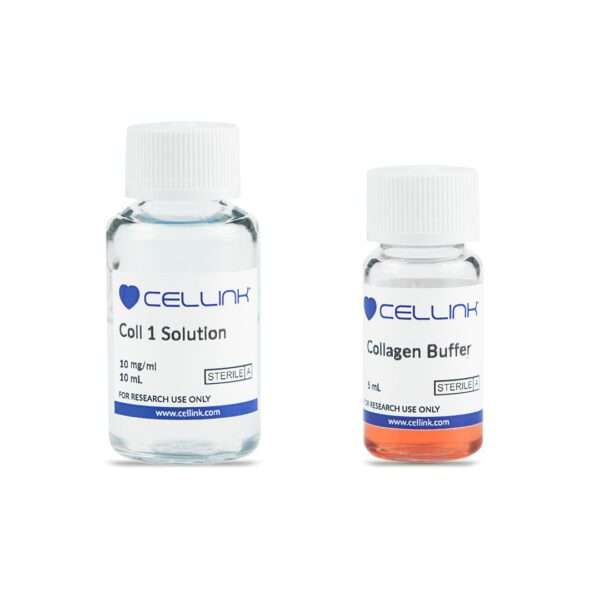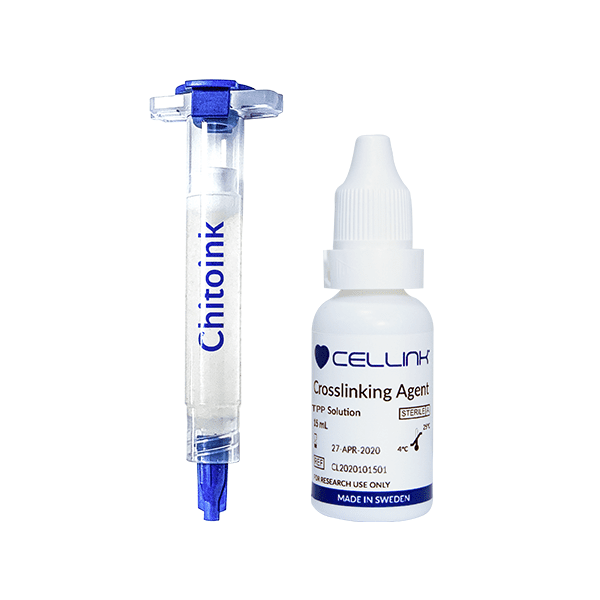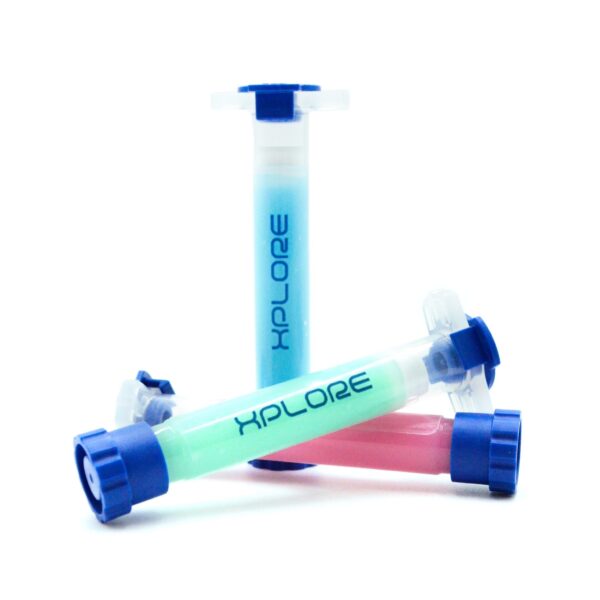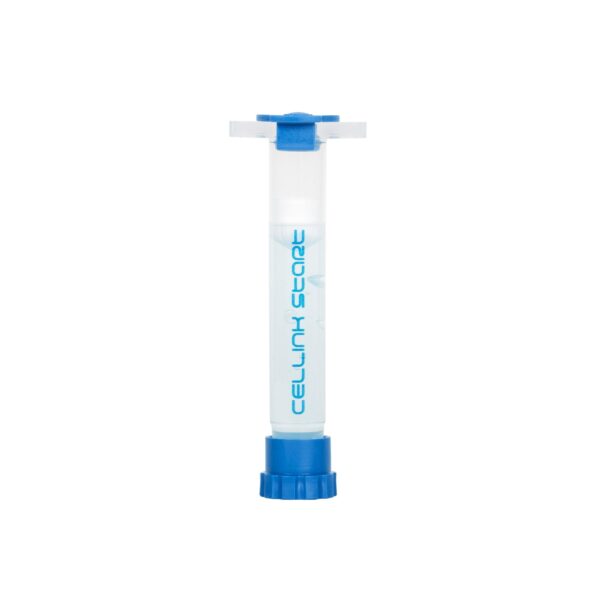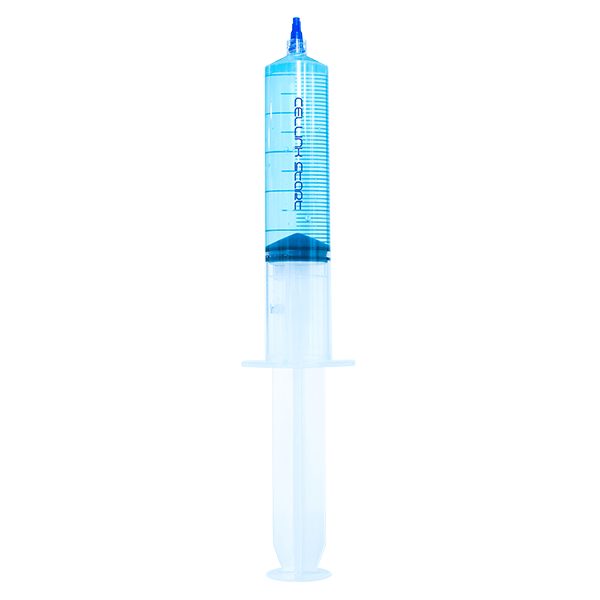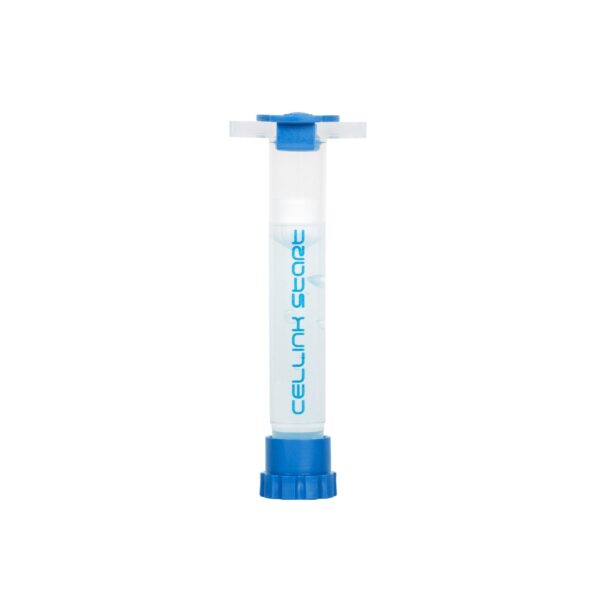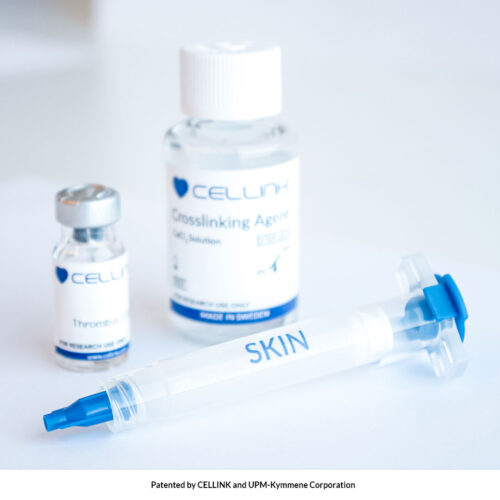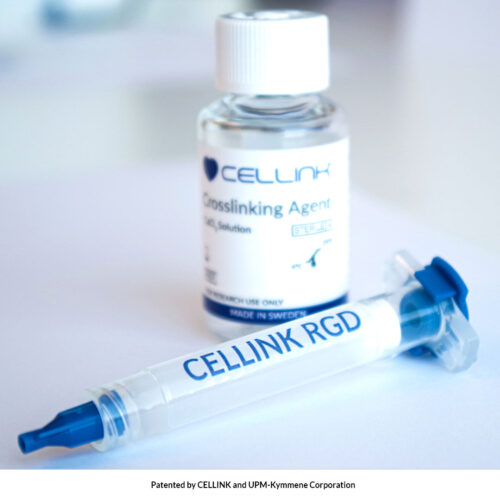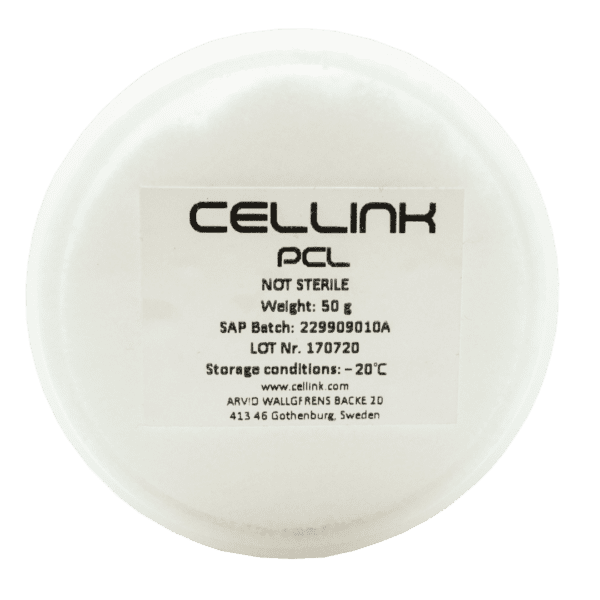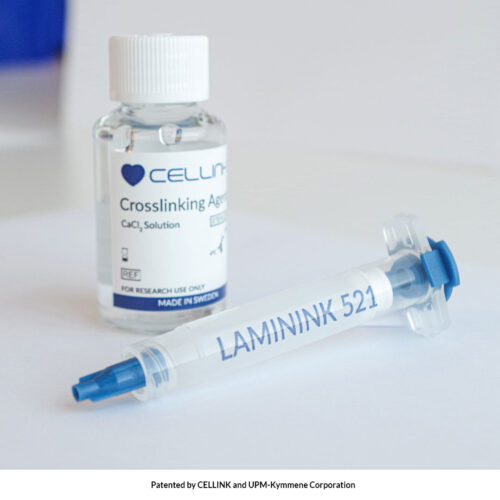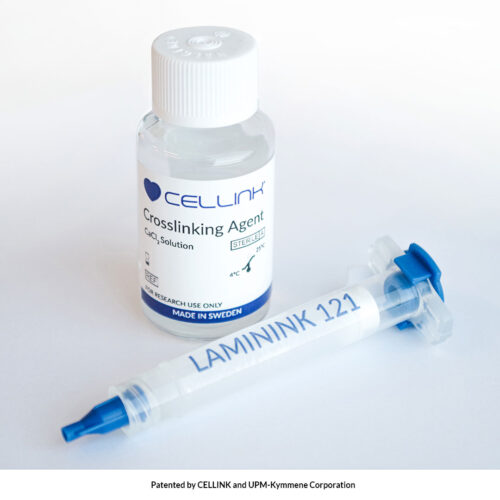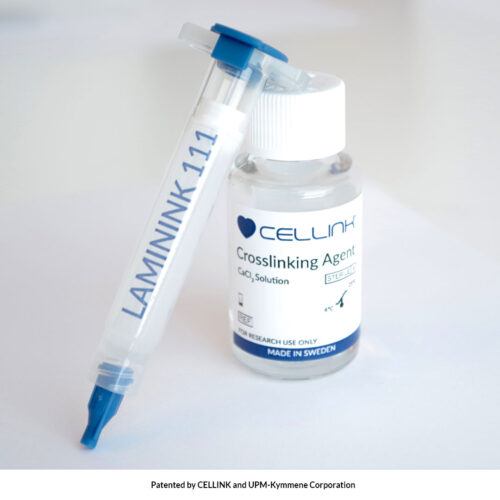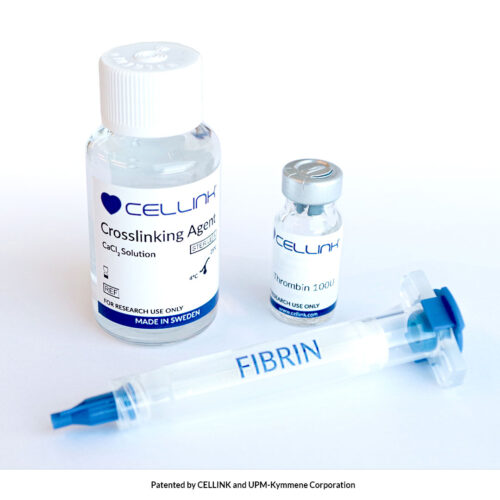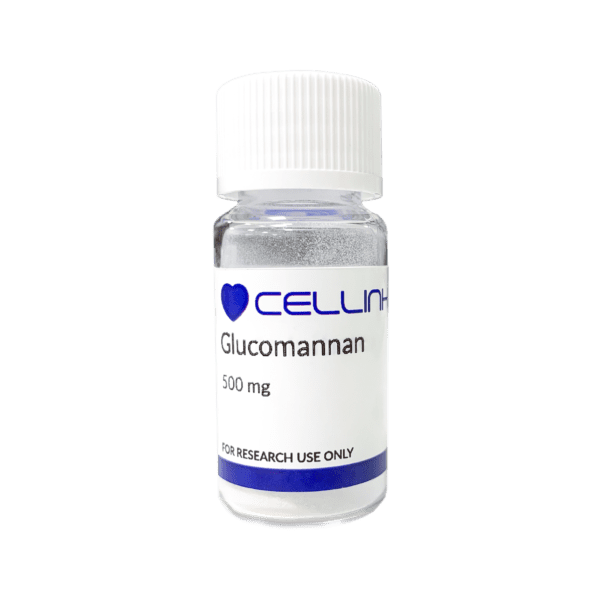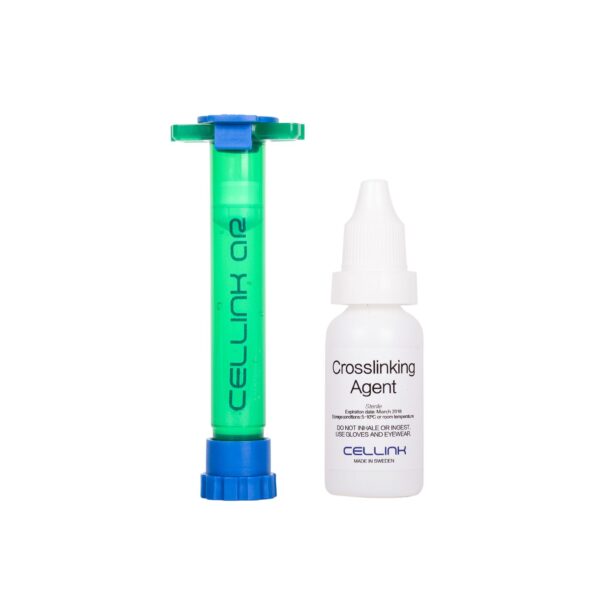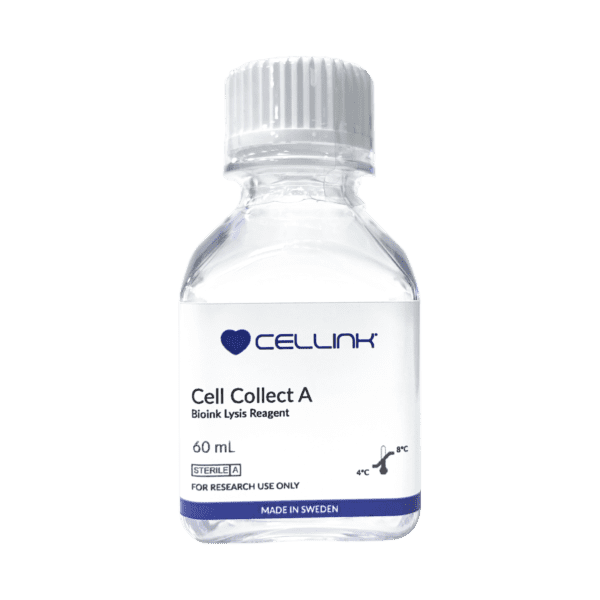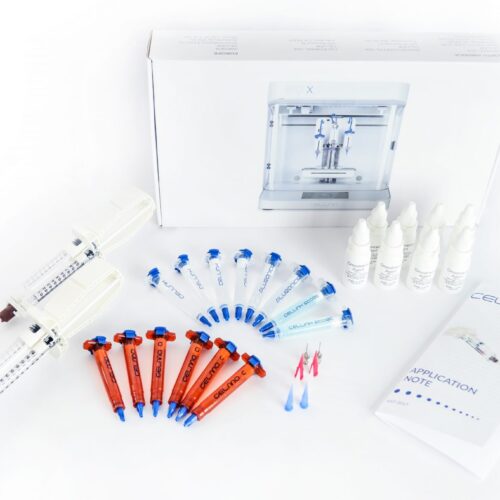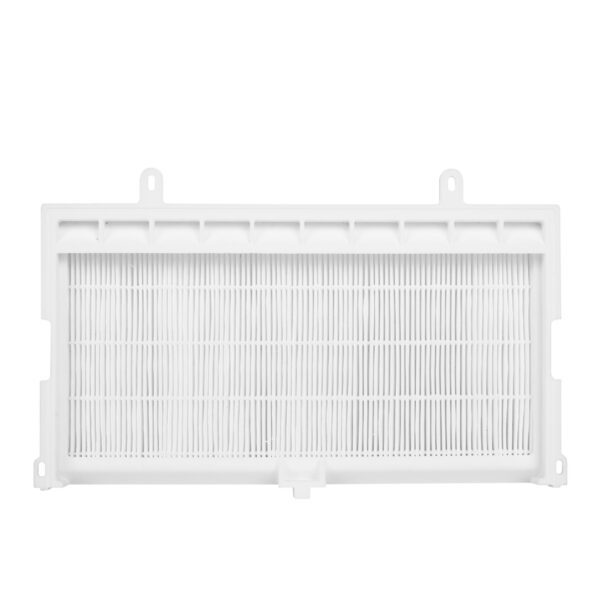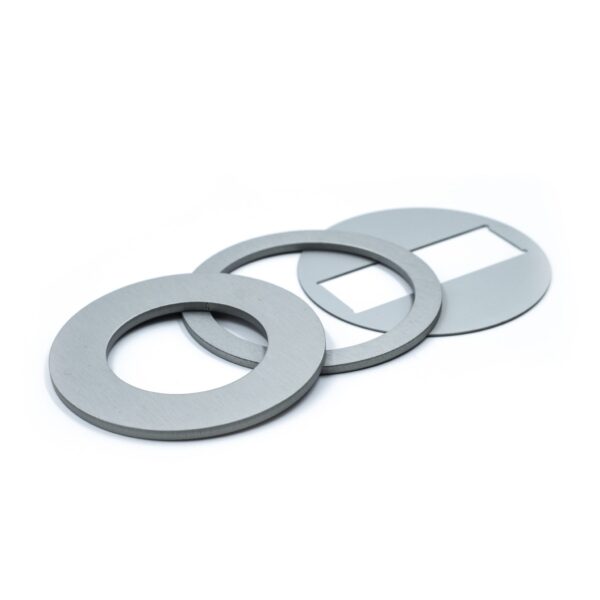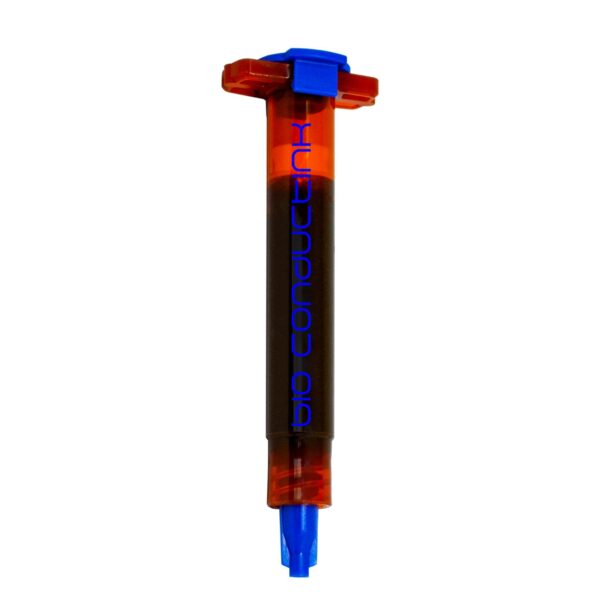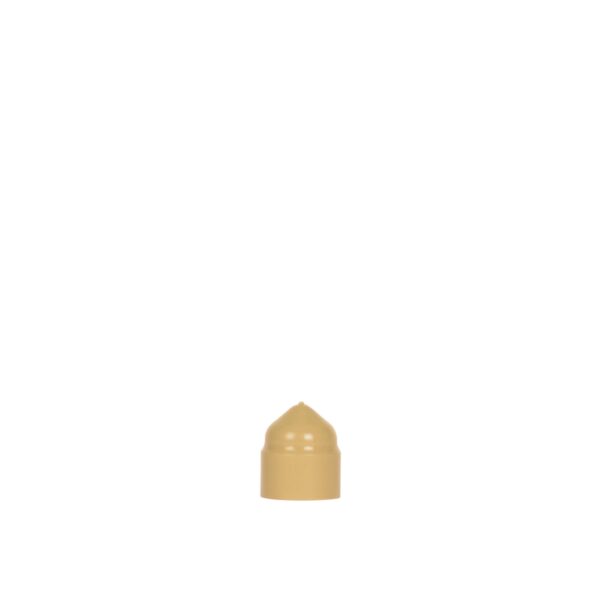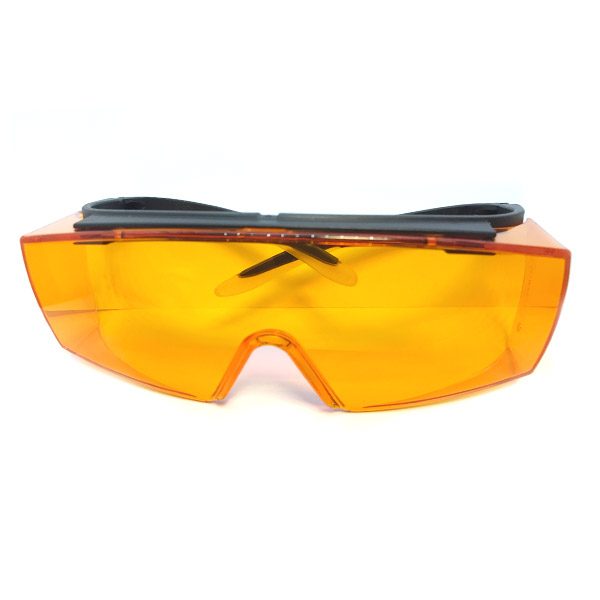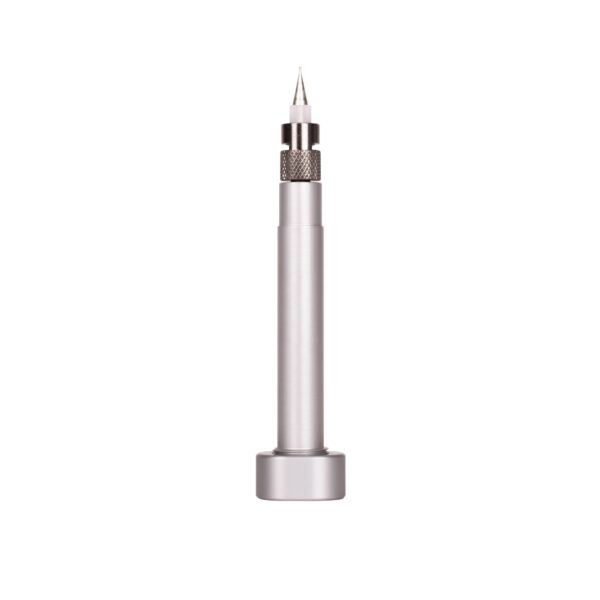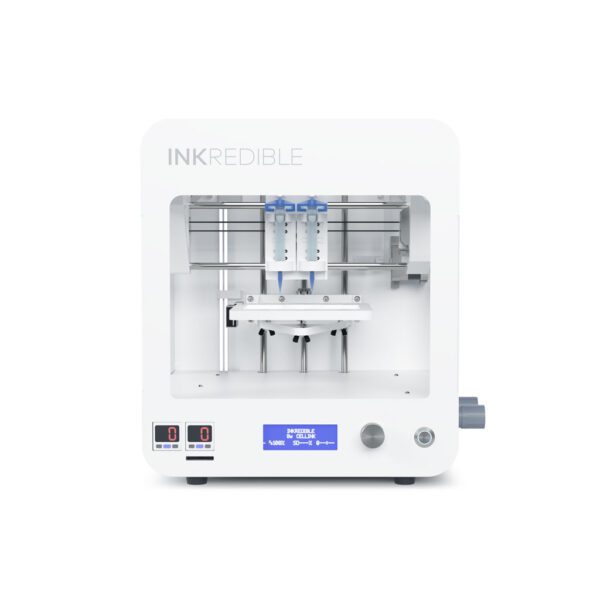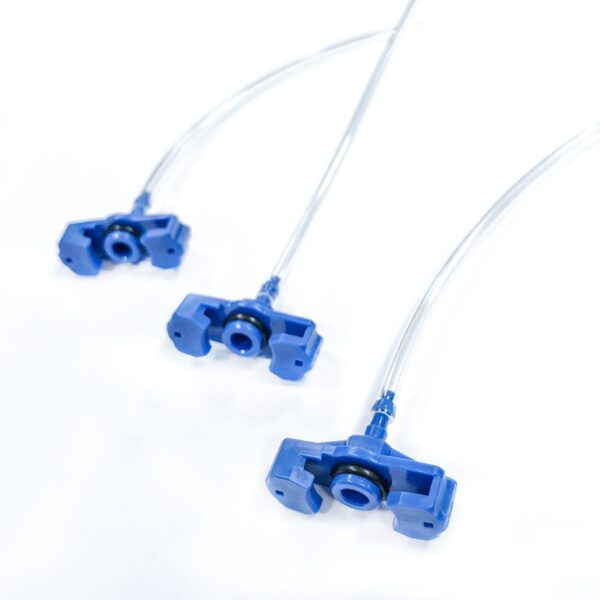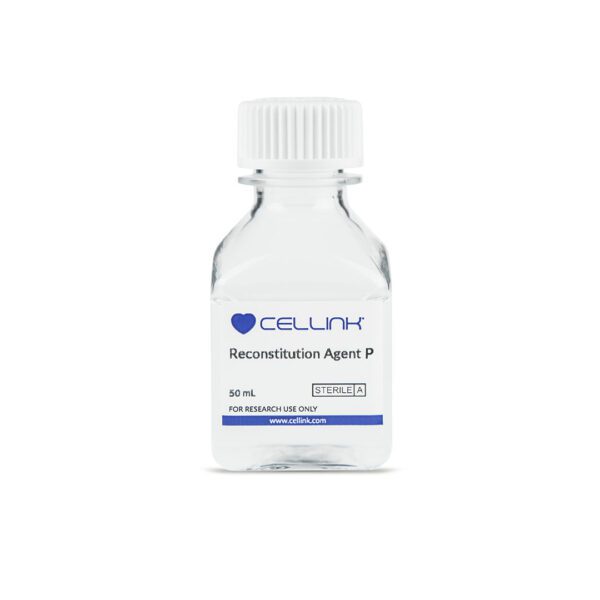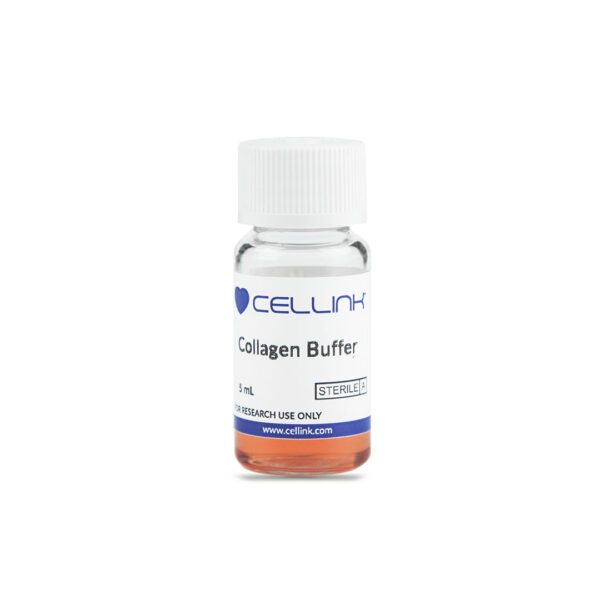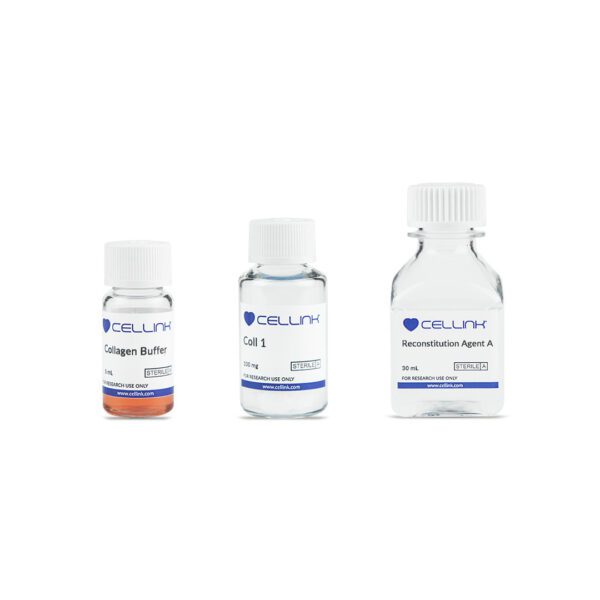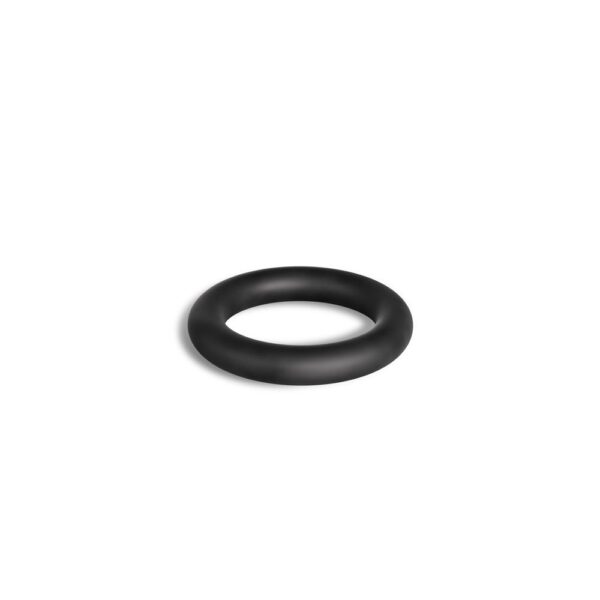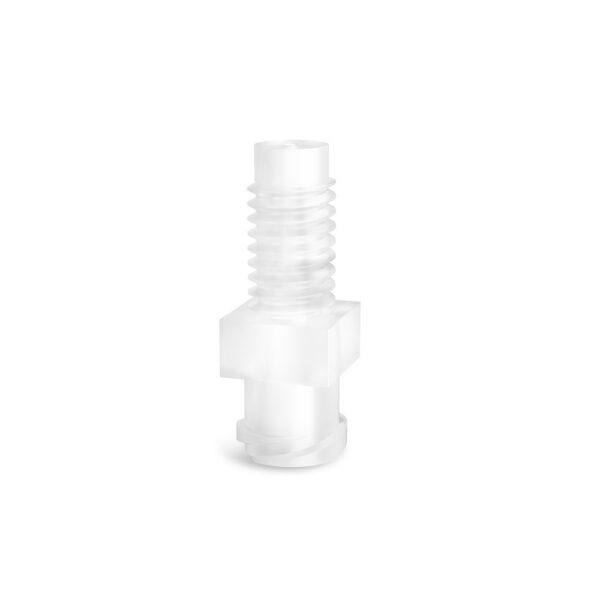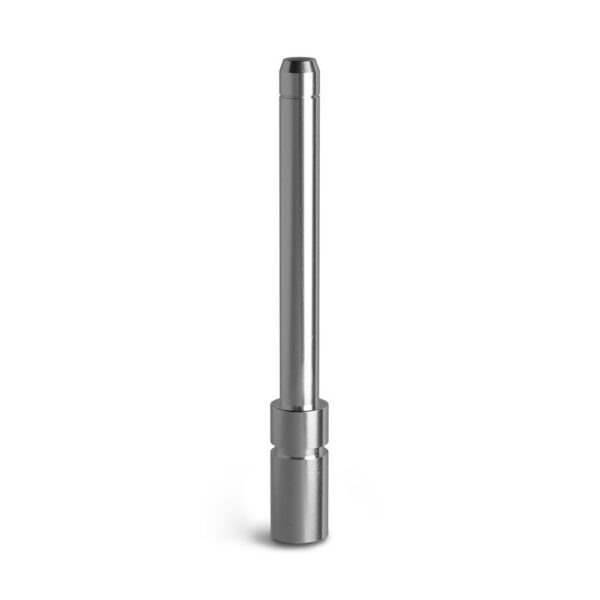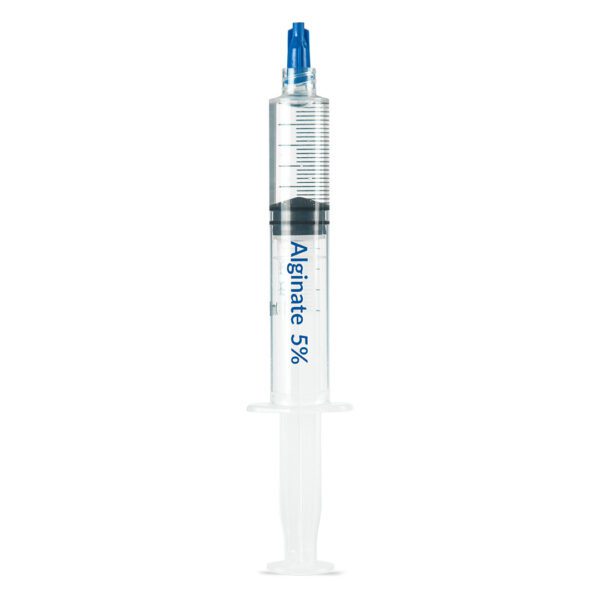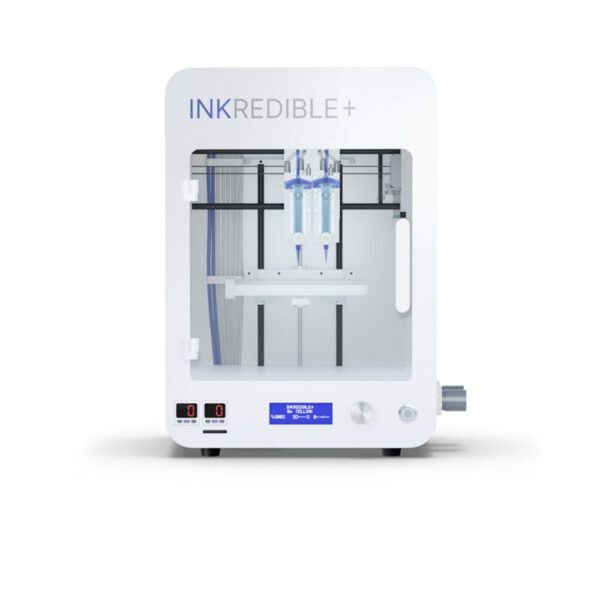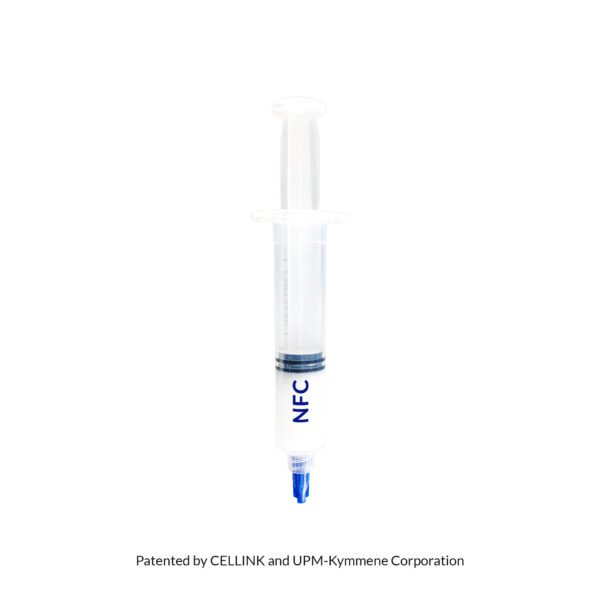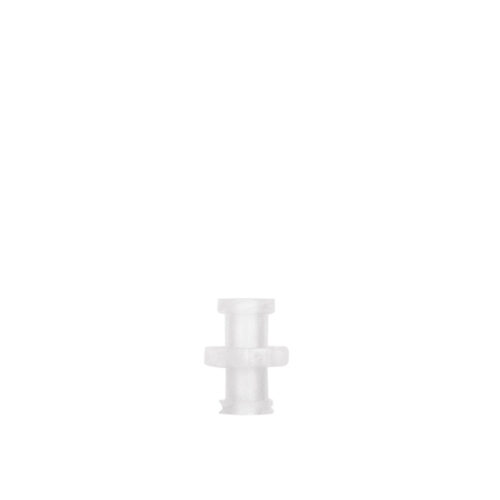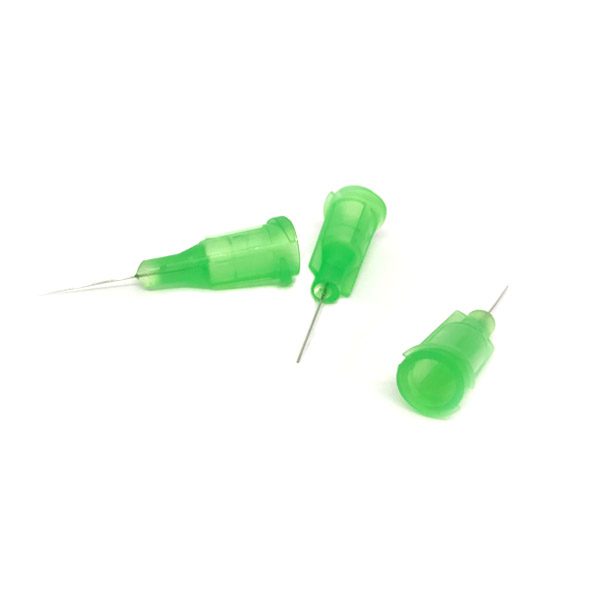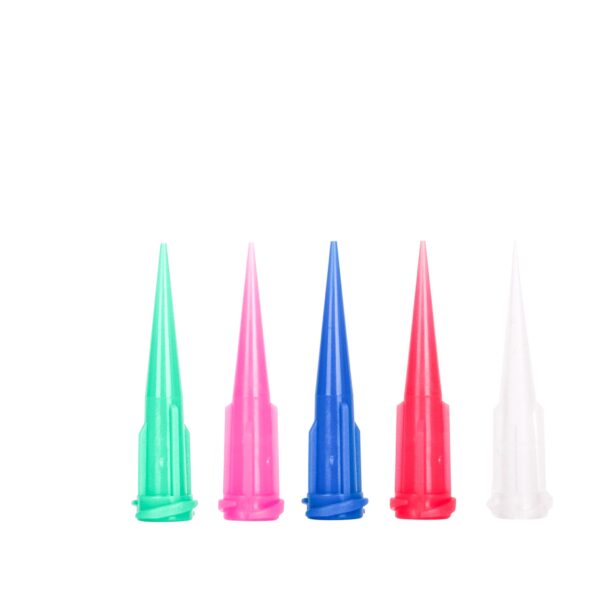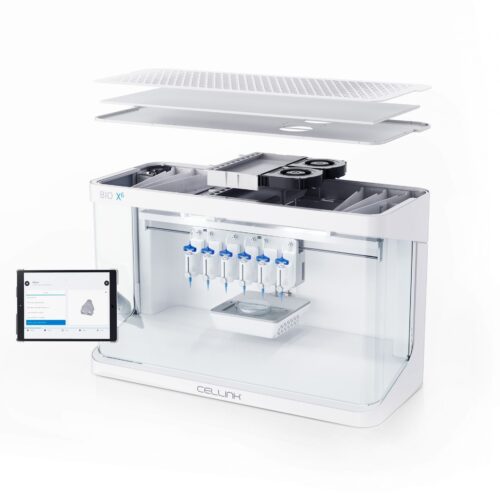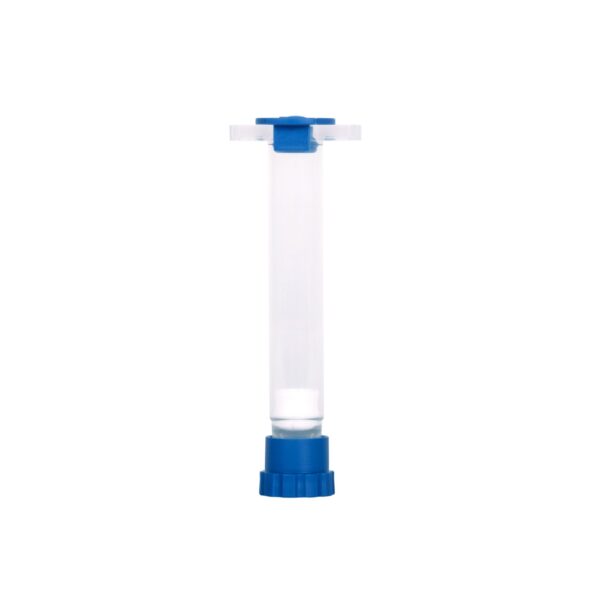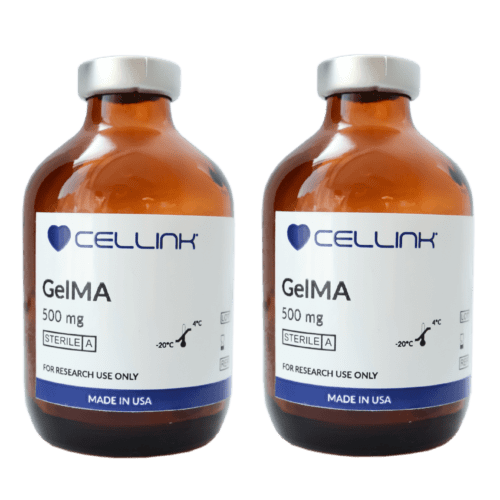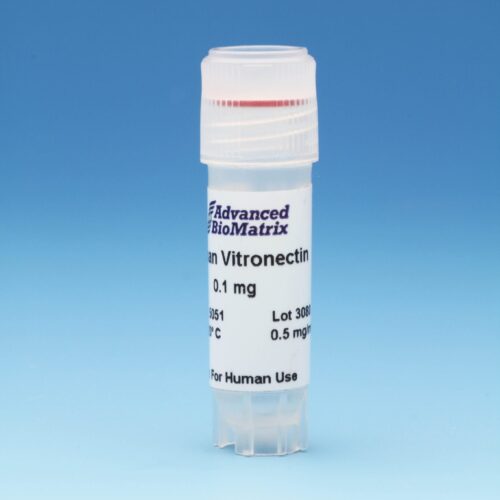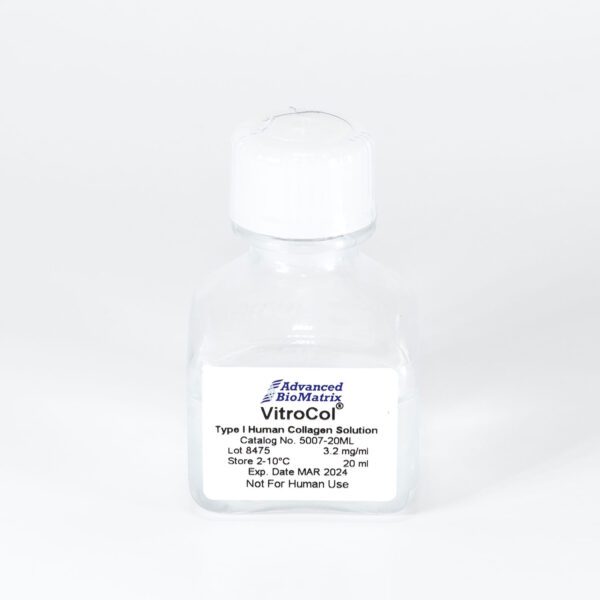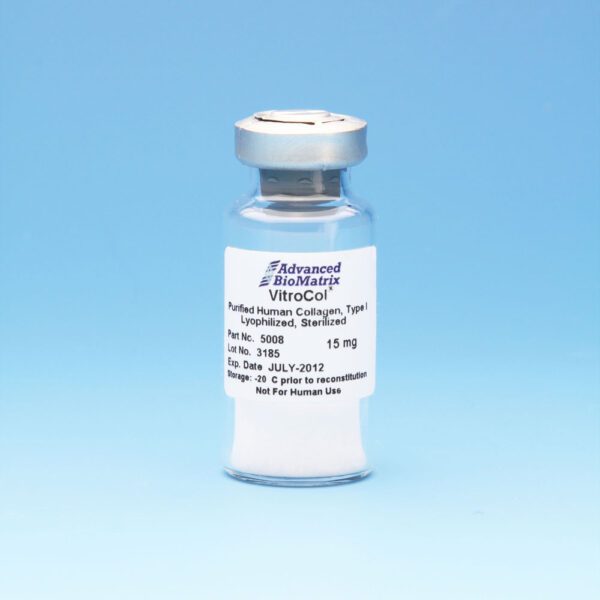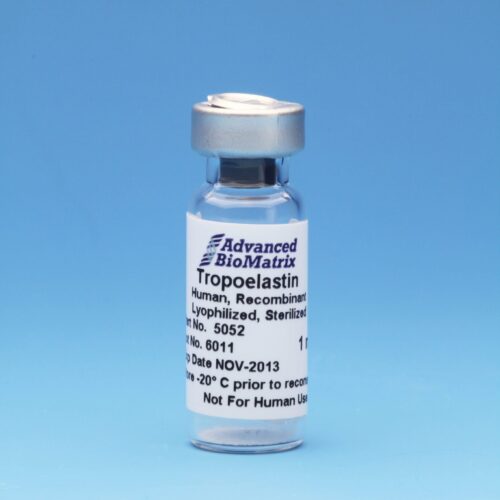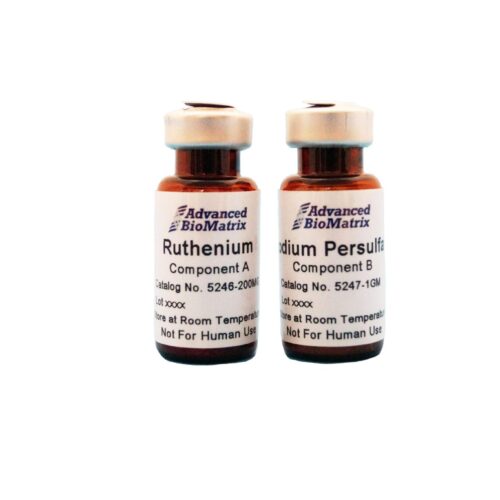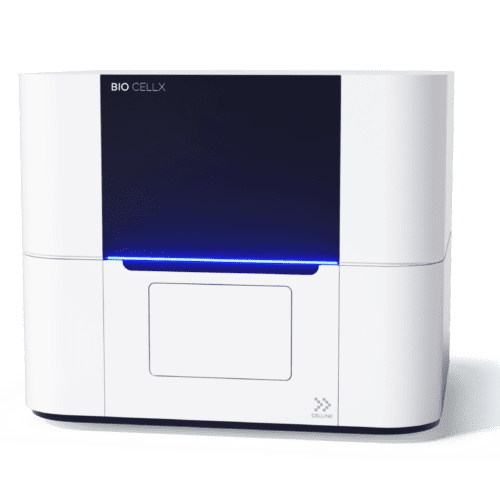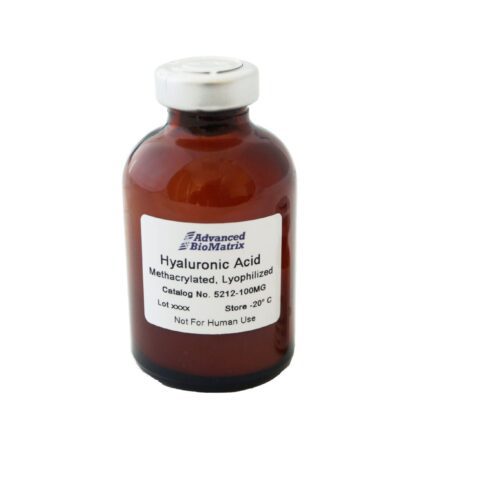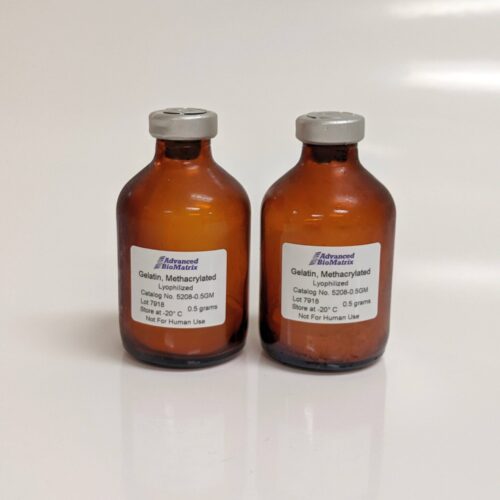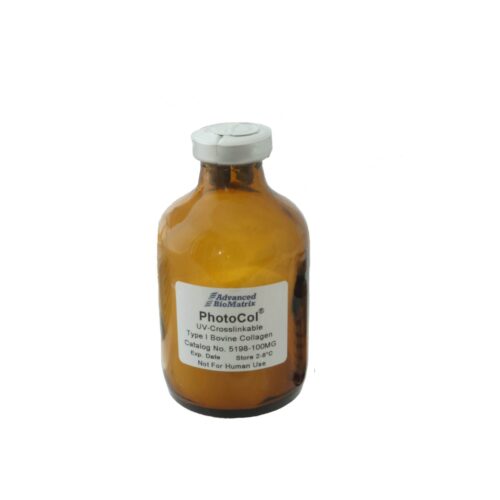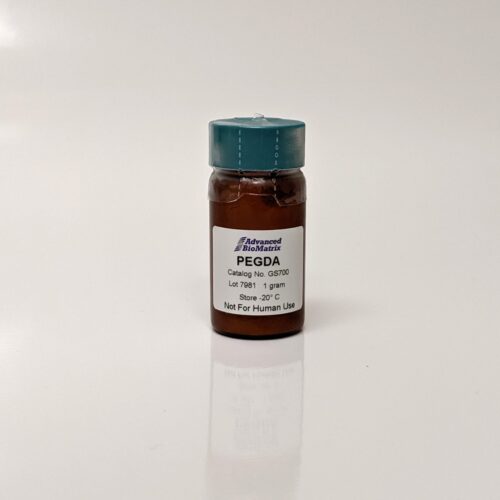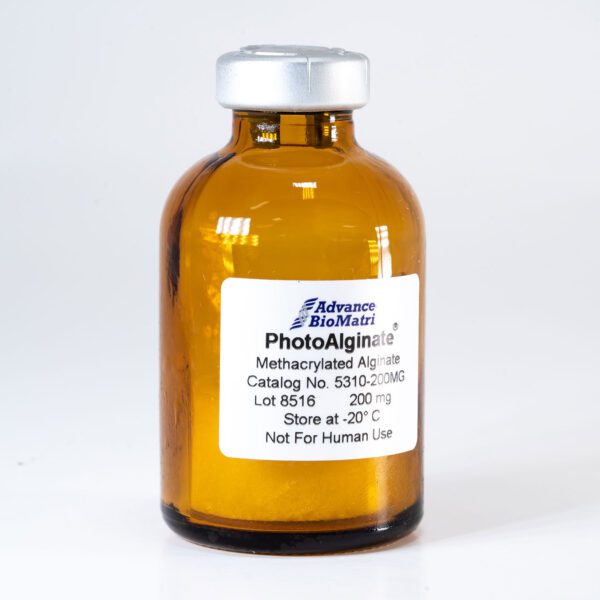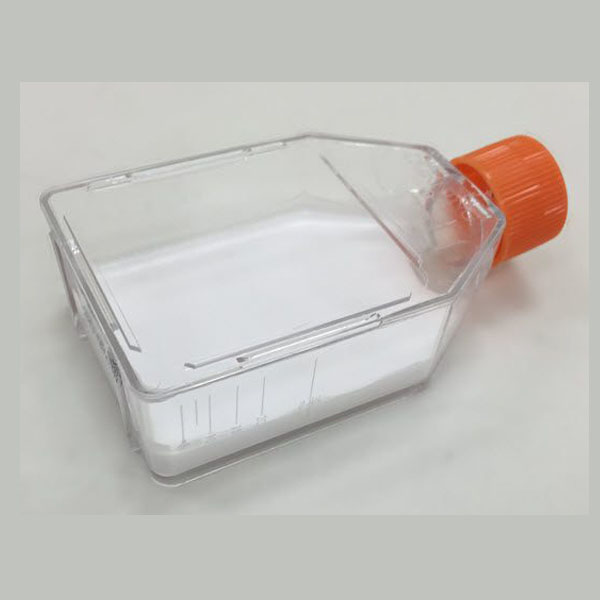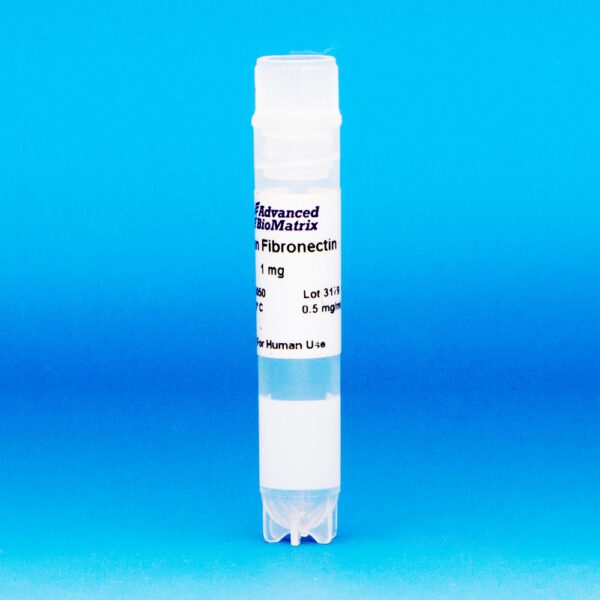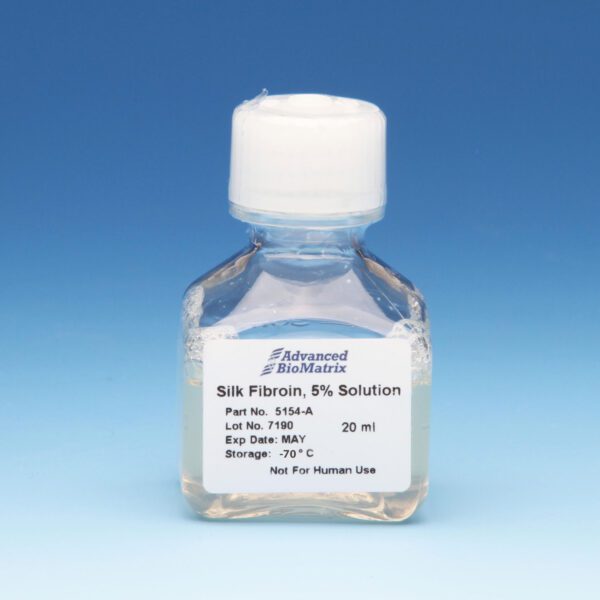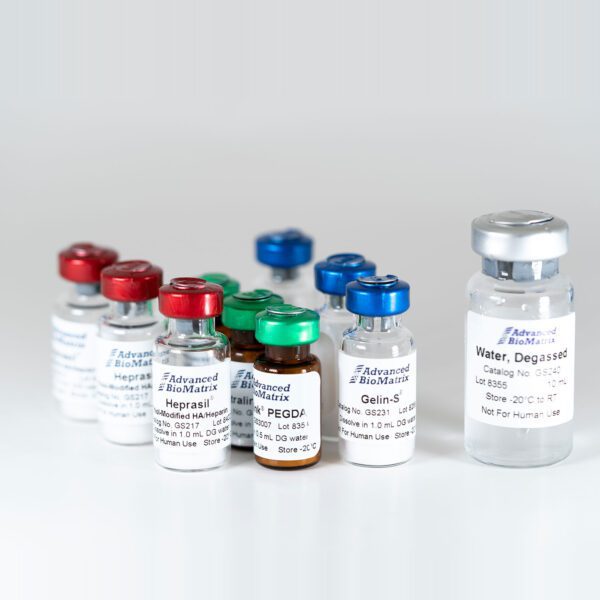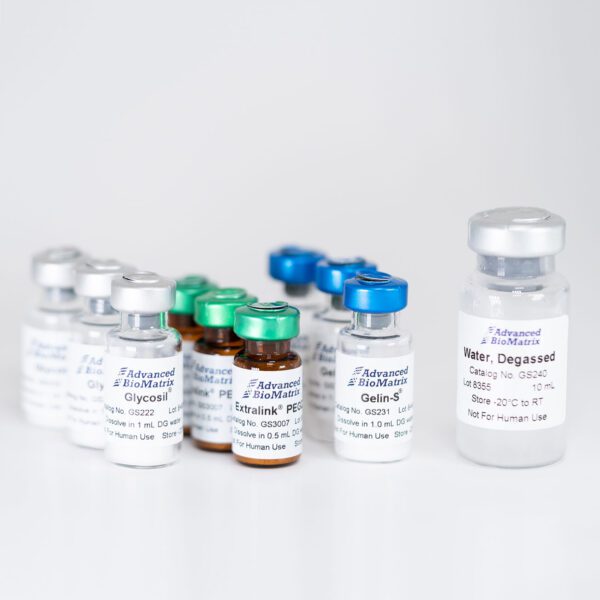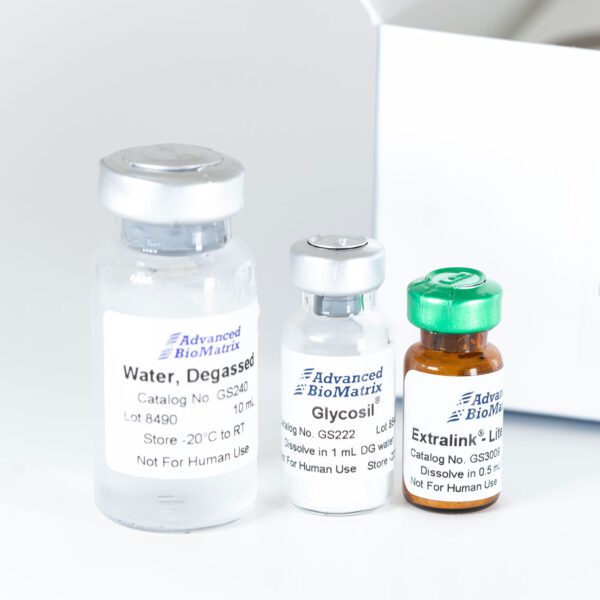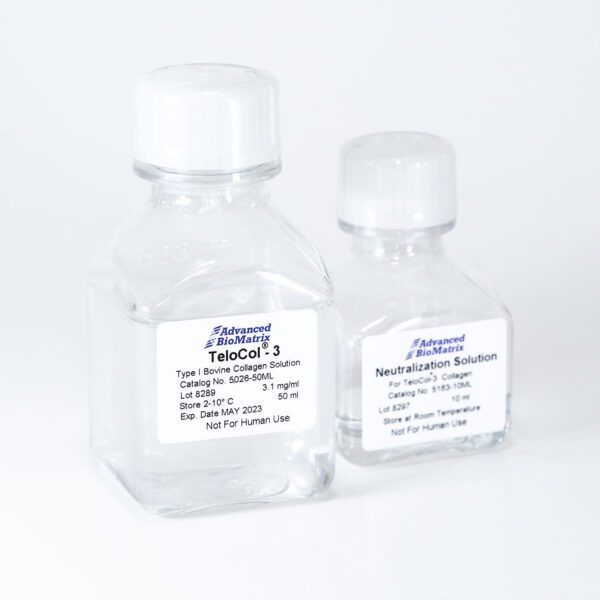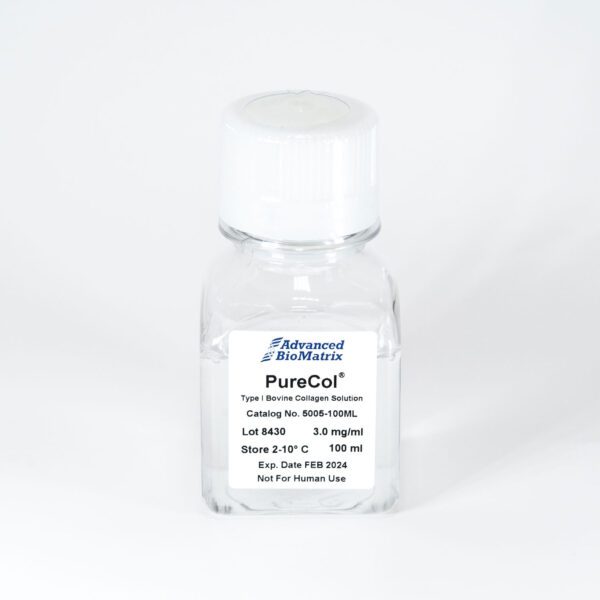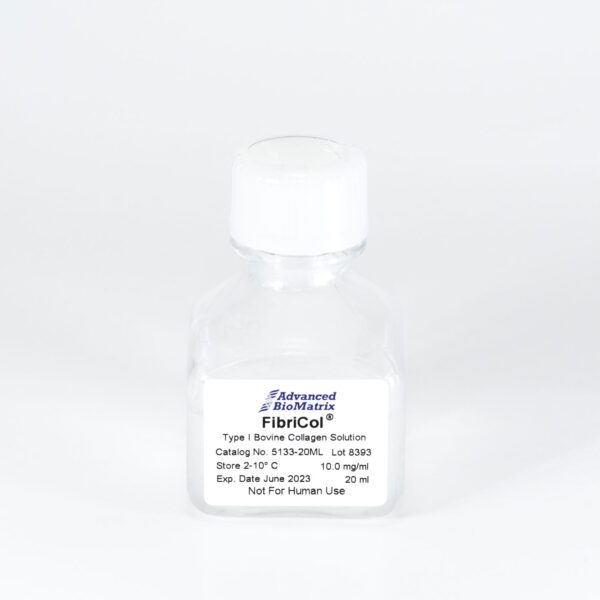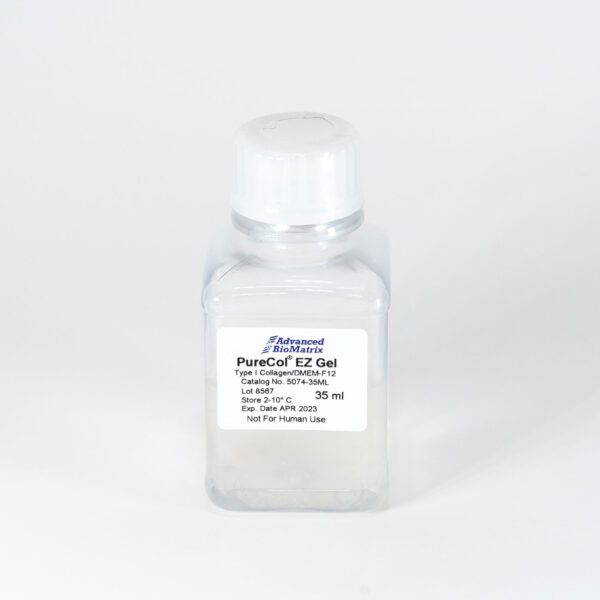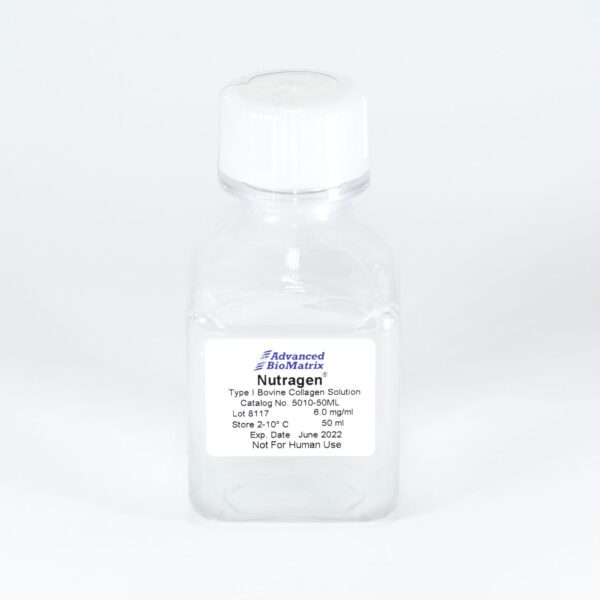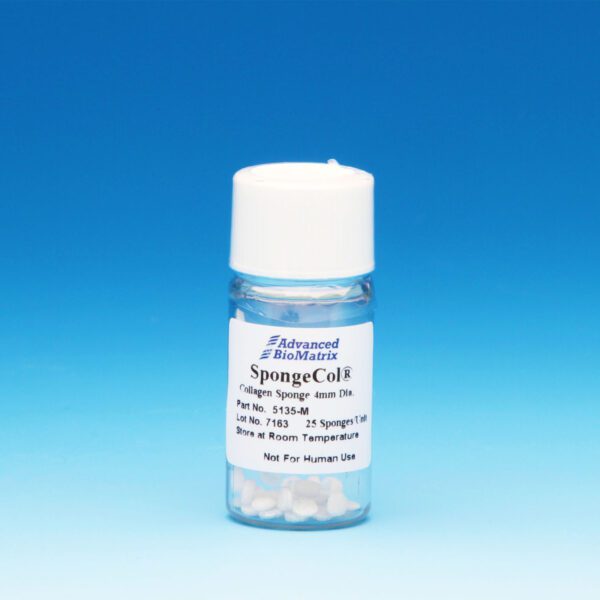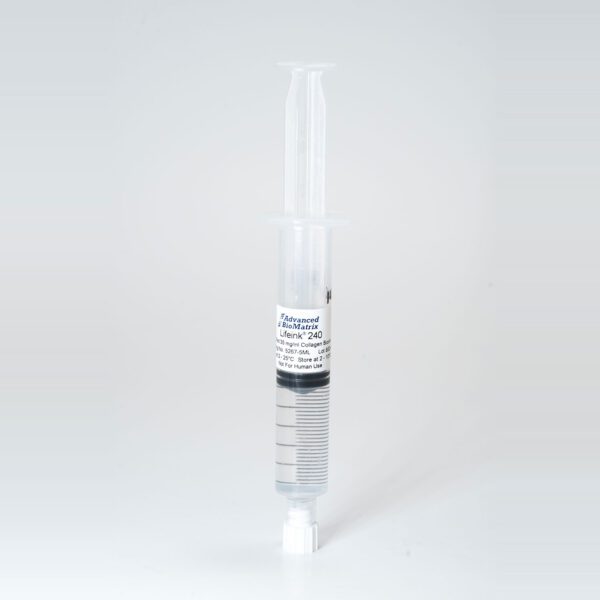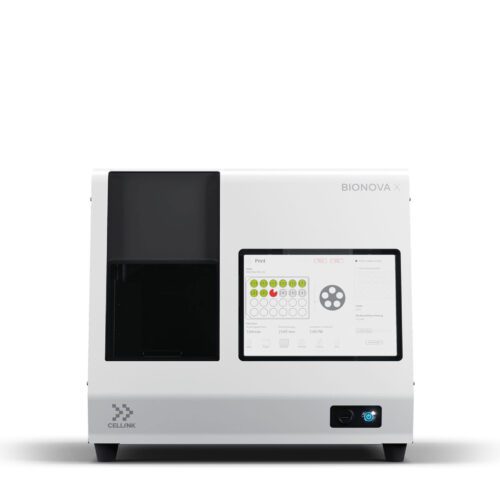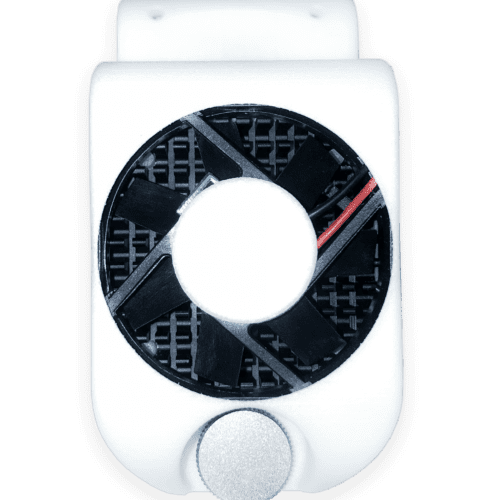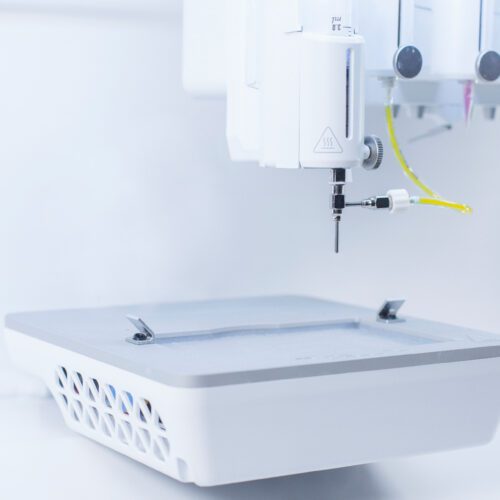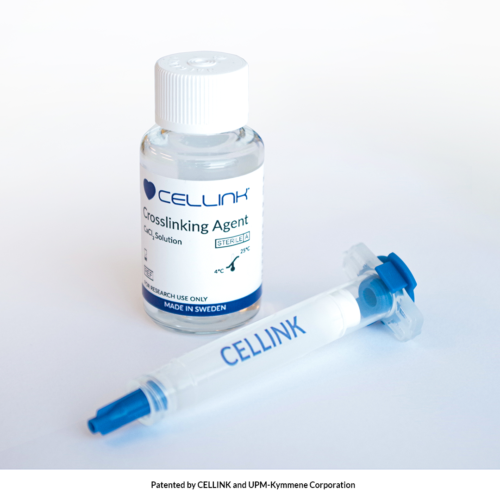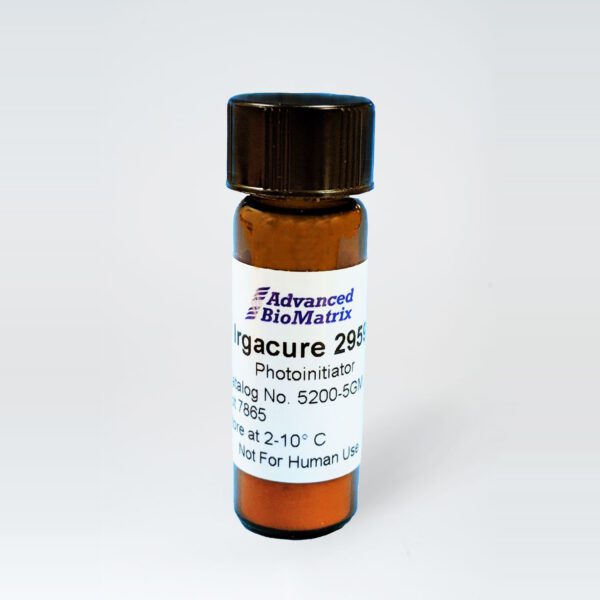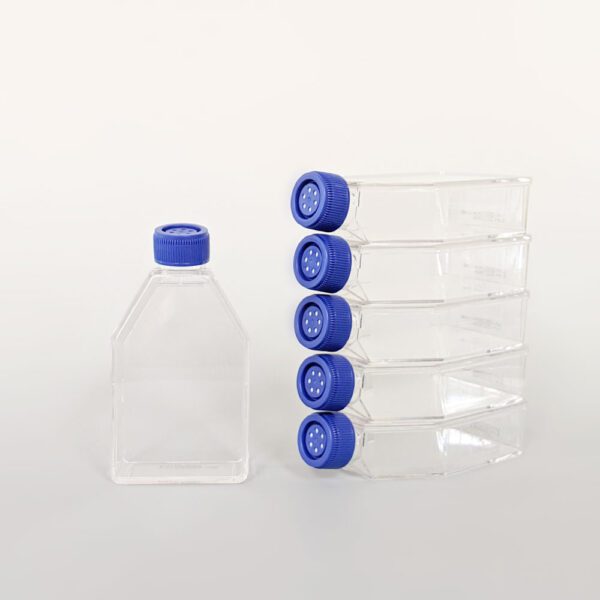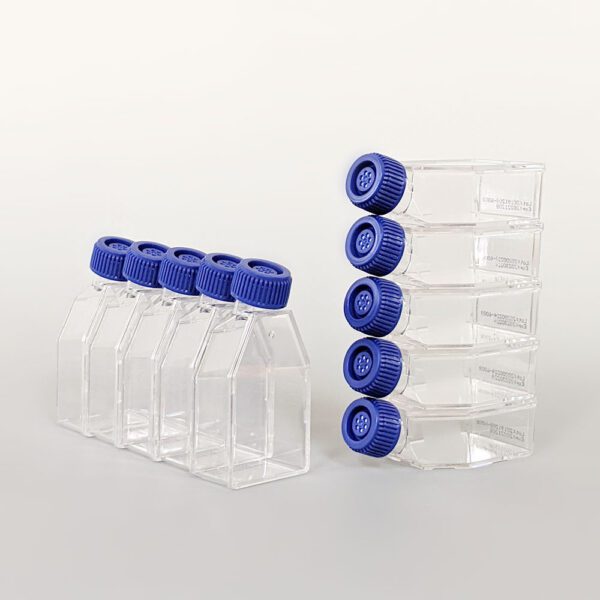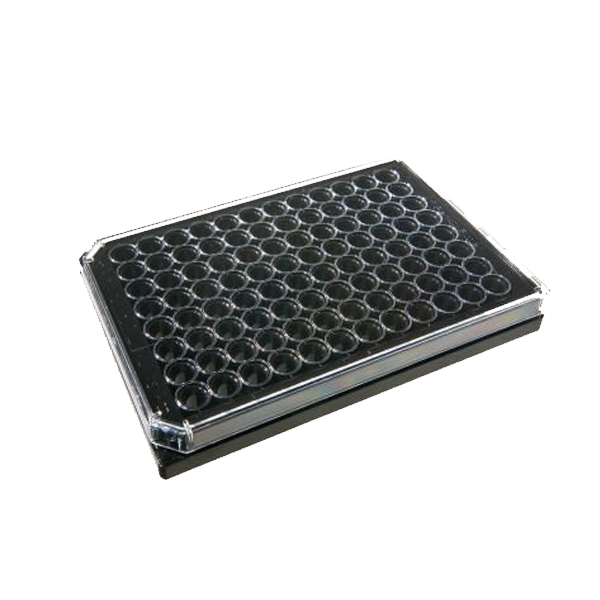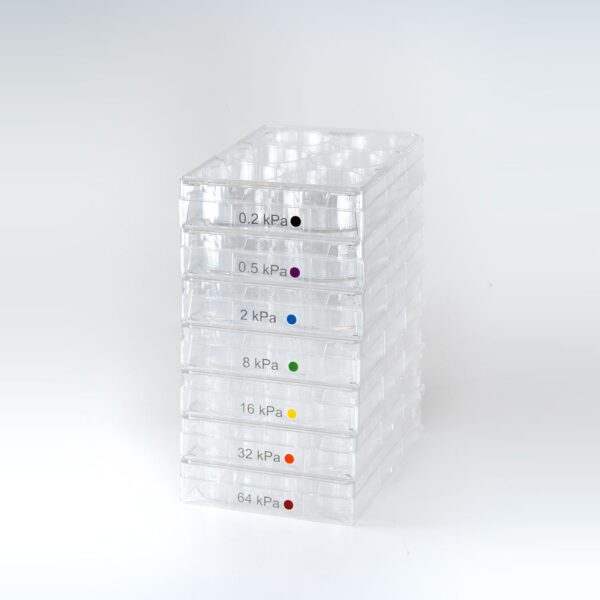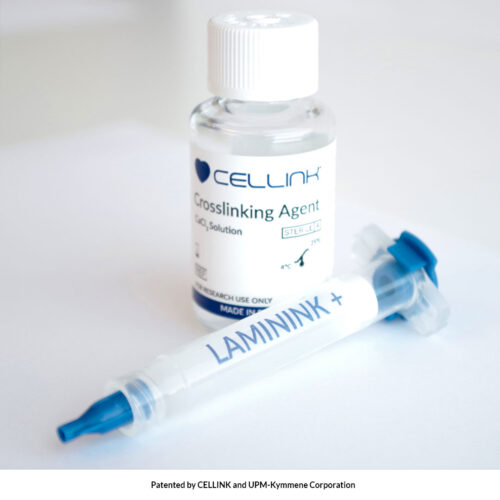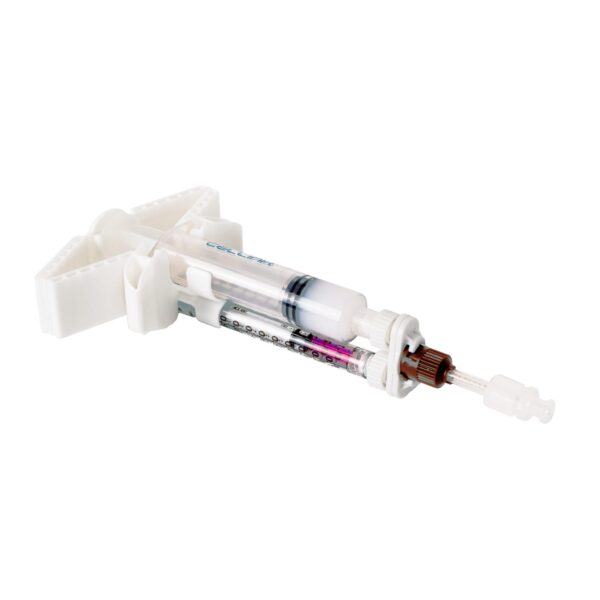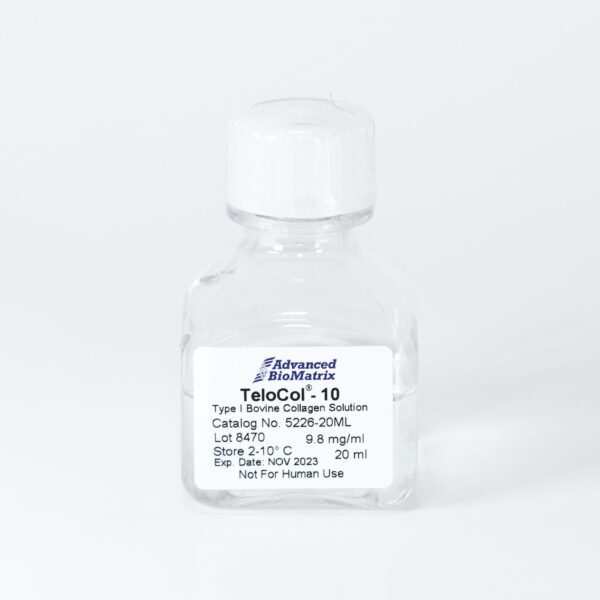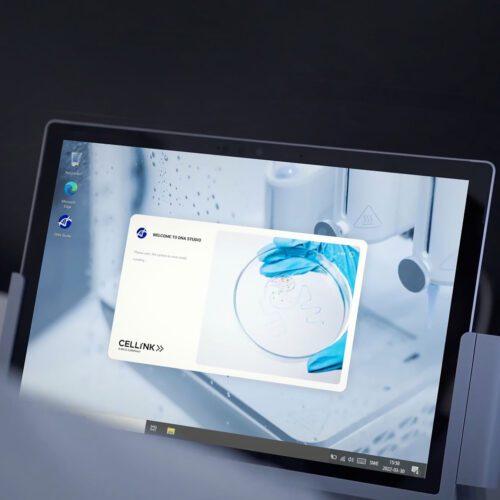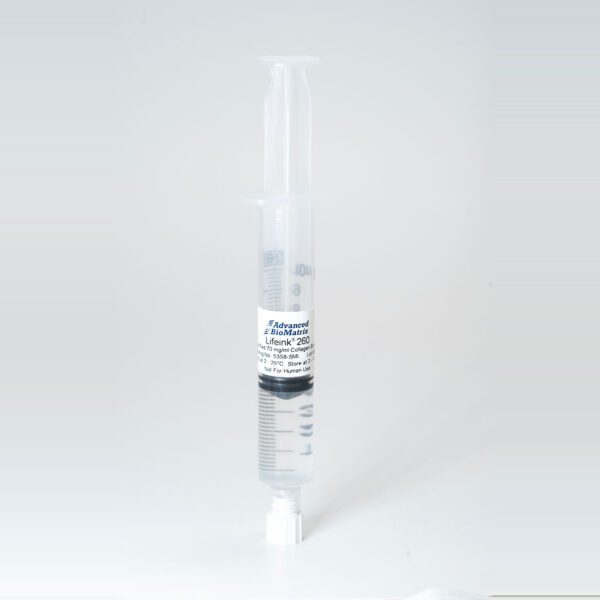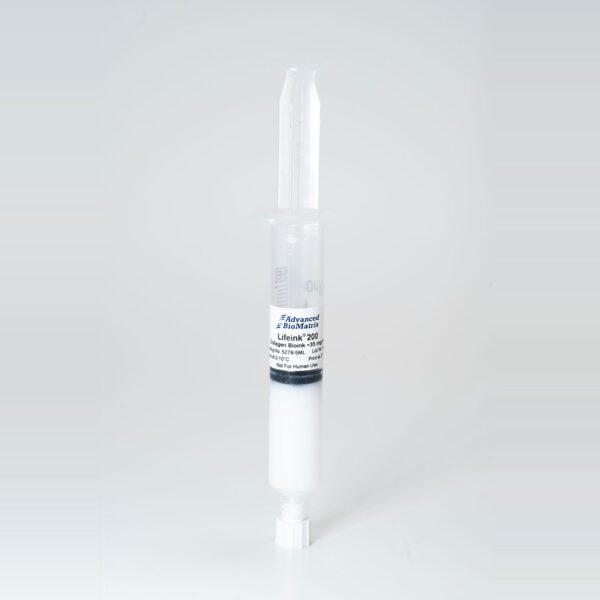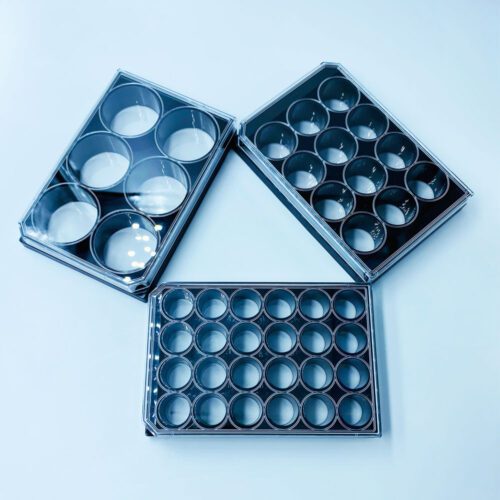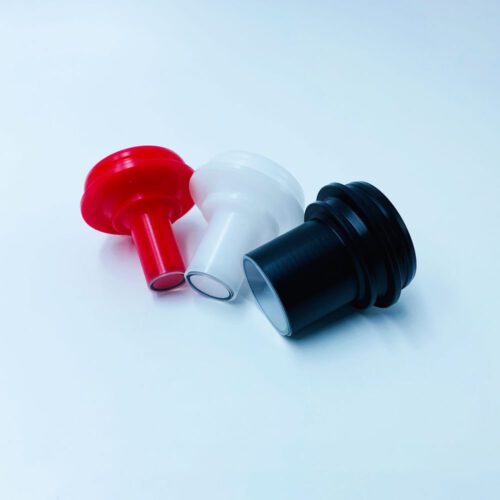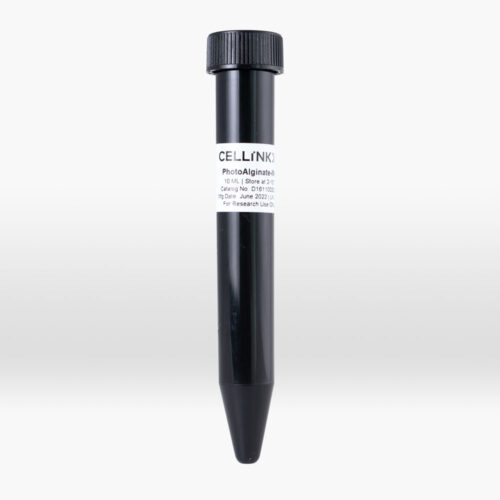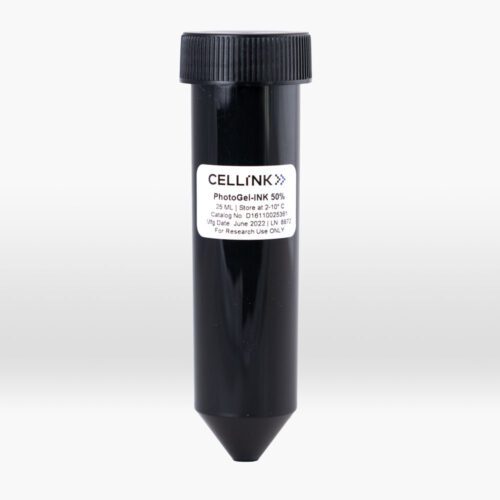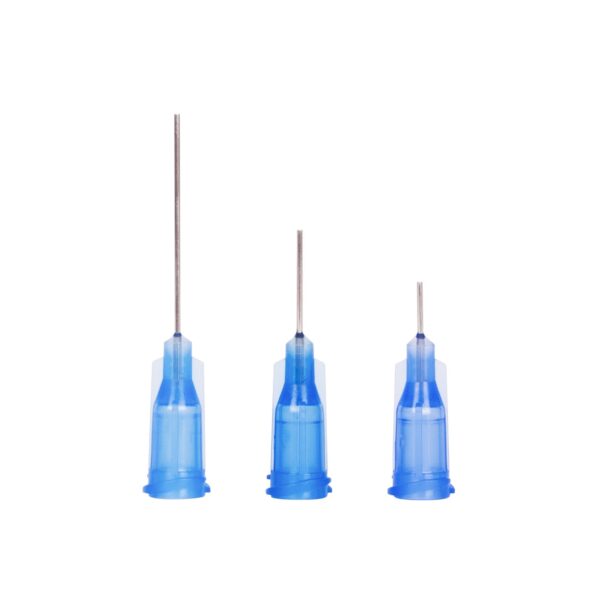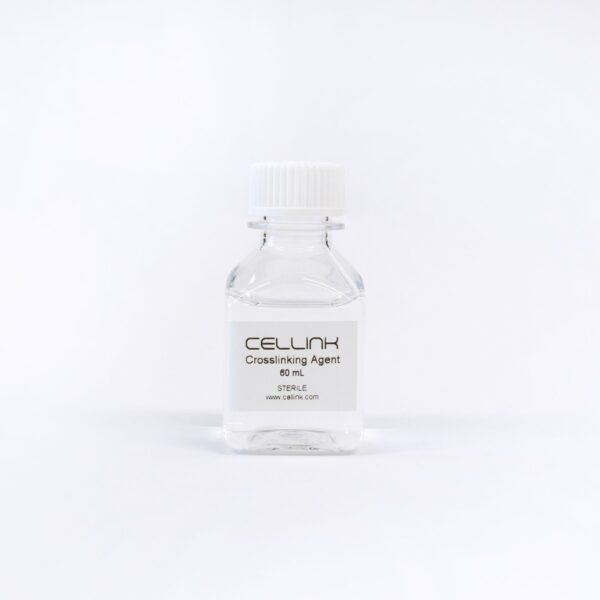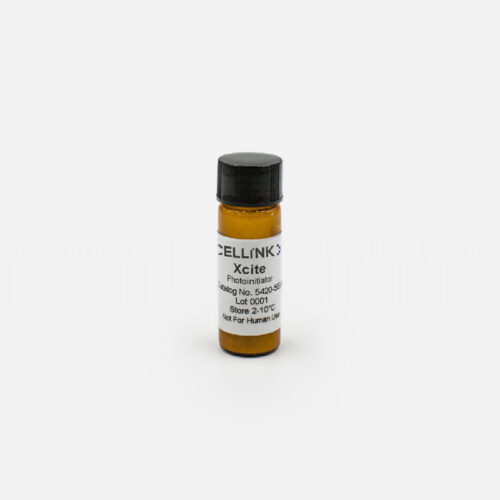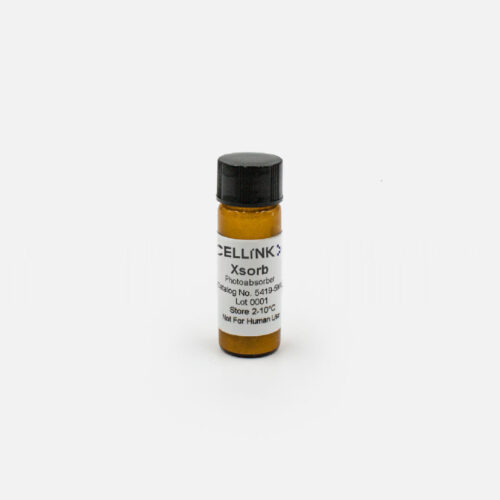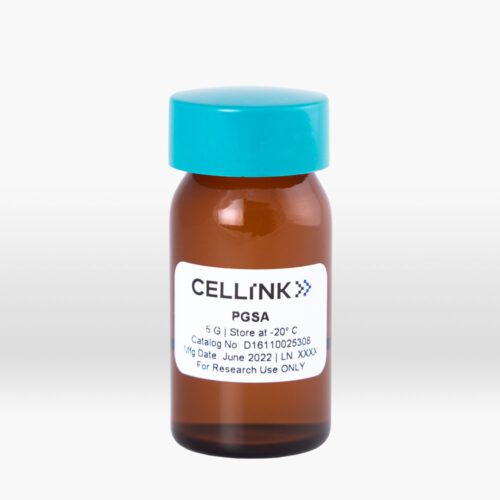Material Capabilities of LPBF based metal 3D Printer
One of the defining strengths of LPBF technology is its ability to process a wide range of high-performance 3D printing materials. These materials used in 3D printing are carefully optimized to meet industry-specific requirements for strength, corrosion resistance, heat resistance, and durability.
LPBF ensures precise layer-by-layer fabrication, allowing manufacturers to work with specialty alloys that traditional manufacturing techniques struggle to process. The capability to create fine features and intricate structures expands the application potential of metal 3D printer technology beyond what conventional machining can achieve. By leveraging LPBF 3D printing technology, companies can produce complex metal components with greater efficiency and minimal material wastage.

Key Benefits of LPBF Materials:
- High mechanical strength and durability for critical 3D printing applications.
- Optimized for complex geometries without material waste, ideal for an industrial 3D printer.
- Enhanced corrosion and temperature resistance for extreme environments.
- Lightweight alternatives to traditional manufacturing alloys, enhancing the capabilities of a 3D metal printing machine.
- Cost-effective small-batch production for customized parts, making it one of the best 3D printer choices for manufacturers.
- These 3D printing materials empower industries such as aerospace, automotive, medical, and energy to develop high-performance components with improved efficiency and design flexibility.
- 3D printing machines equipped with LPBF technology allow manufacturers to create precise and durable metal parts tailored to industry needs.
Materials Compatible with LPBF
The BOLDSERIES by One Click Metal supports a range of high-performance metal powders, enabling manufacturers and researchers to create parts with tailored mechanical properties for diverse 3D printing applications.
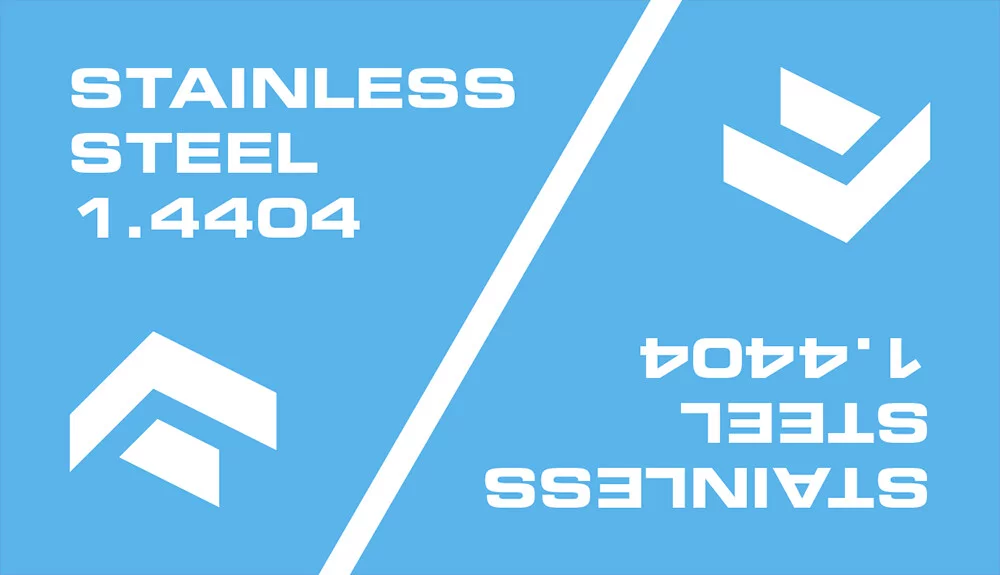
Stainless Steel
1.4404 / 316L & 1.4542 / 17-4 PH
- Corrosion-resistant, making it ideal for medical, food industry, and marine 3D printing applications.
- High strength and durability, suitable for industrial 3D printer and engineering components. Magnetic properties make it useful in specific aerospace and energy applications.
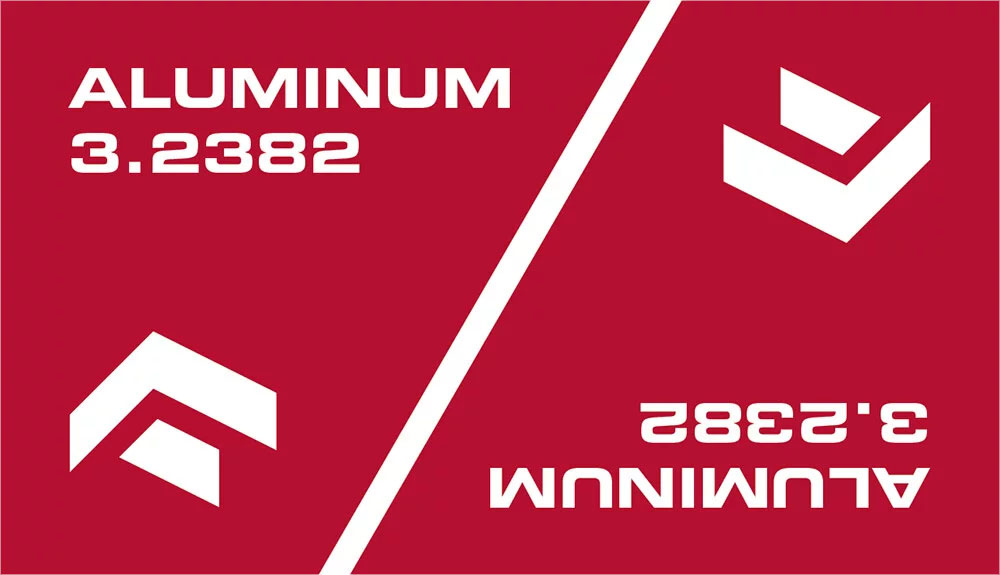
Aluminum Alloys
AlSi10Mg & A6061-RAM2
- Combines lightweight properties with high dynamic load capacity, enhancing the usability of 3D printing technology.
- Used in automotive, aerospace, and high-performance engineering applications, where 3D metal printing machines are commonly deployed.
- Good thermal conductivity and machinability, making it ideal for heat exchangers and lightweight components.
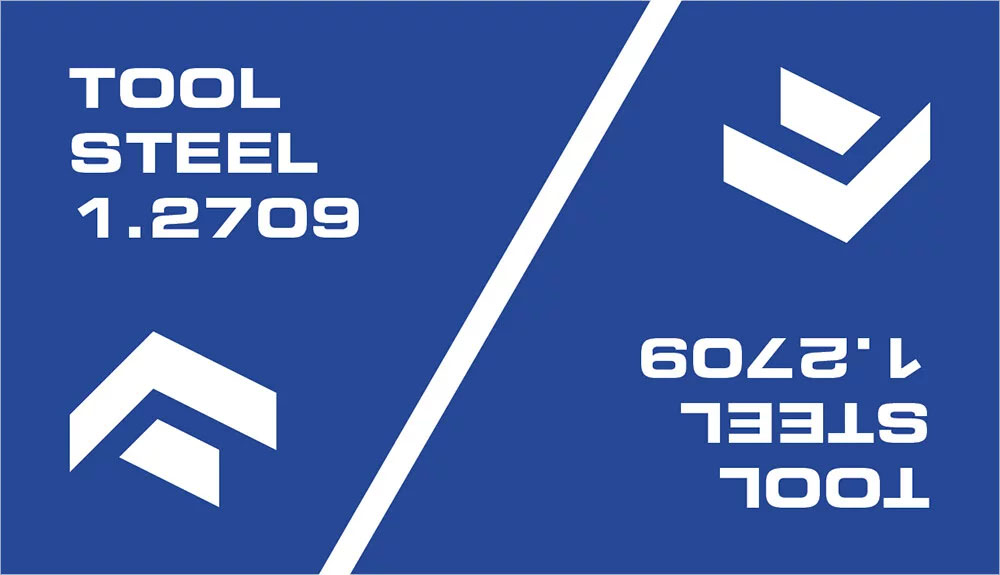
Tool Steel
1.2709 – Maraging Steel
- Highly wear-resistant and heat-treatable material, making it ideal for molds, dies, and high-stress 3D printing applications. This ensures long-lasting performance in demanding environments where 3D printing materials must withstand extreme wear and pressure.
- This is an excellent thermal conductivity material coming of a, metal 3D printer allowing for better heat dissipation in high-temperature environments applications.
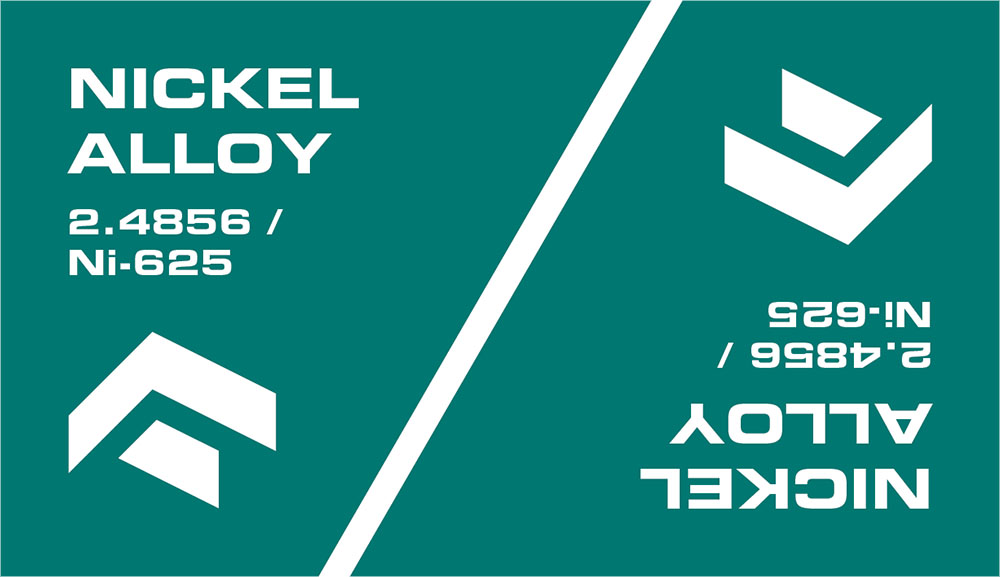
Nickel-Based Superalloys
Inconel 718 & Ni-625
- Superior high-temperature strength and corrosion resistance, making it an ideal material for 3D printing machines deployed for aerospace and other critical applications where durability and performance are key factors.
- Processed effectively using metal 3D printers these super alloys are well-suited for energy and chemical processing applications, particularly in environments that demand extreme heat and corrosion resistance.
- Used in components like turbine blades, heat exchangers, and jet engine parts, where materials used in 3D printing must endure high-stress conditions and maintain structural integrity.
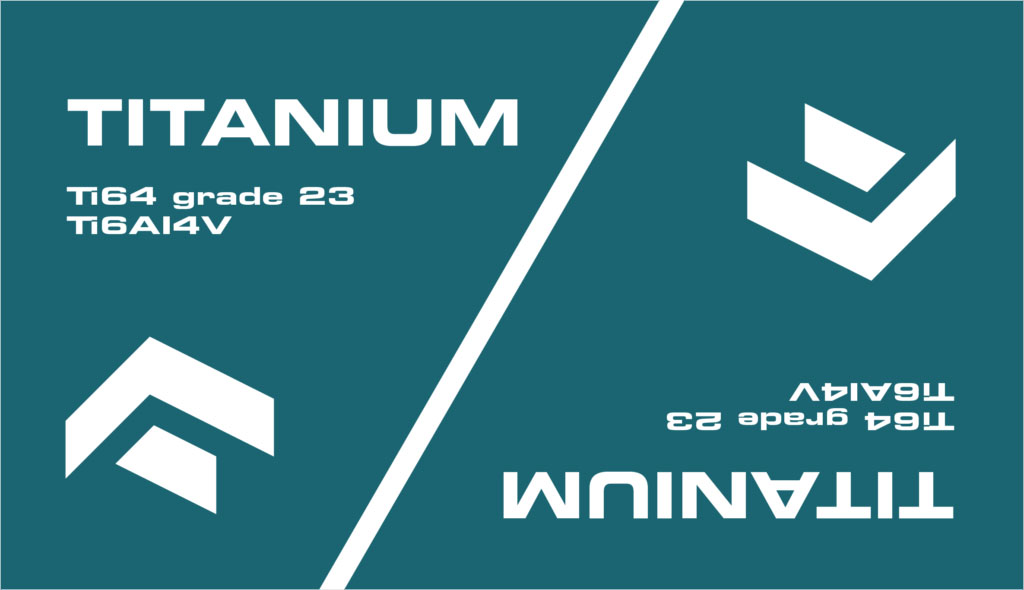
Titanium Alloy
Ti6Al4V – Grade 23
- High strength-to-weight ratio, making it a preferred material for industrial 3D printers used in aerospace, biomedical implants, and high-performance automotive parts.
- Superior biocompatibility, exceptional fracture toughness widely used in medical and dental 3D printing applications, including orthopaedic implants, prosthetics, and surgical tools.
- The intricate shapes that a Metal 3D Printer can efficiently produce make Titanium alloy an ideal material for the creation of customized medical and industrial components.

Cobalt Chrome Alloy
CoCr28Mo6
- Exceptional strength and wear resistance, making it a highly durable material for 3D printing applications in aerospace, energy, and industrial manufacturing.
- High corrosion resistance, ensuring long-term reliability in medical implants, including dental crowns, joint replacements, and orthopedic devices produced using metal 3D printers.
- Commonly used in aerospace and high-wear industrial environments, where parts producing with 3D printing technology provides the flexibility to design and manufacture components with superior longevity.
- Preferred for industries seeking cost-effective small-batch production from metal 3D Printers and bearing exceptional strength and wear resistance, makes it a highly durable material for applications in aerospace, energy, and industrial manufacturing.
These 3D printing materials enable BOLDSERIES users to produce durable, high-performance metal parts across industries, from precision medical devices to advanced 3D printing machine applications. By leveraging LPBF 3D printing technology, companies can streamline production, enhance efficiency, and optimize material consumption.
